When it comes to playing older PC games, one of the first things a seasoned gamer will look for is graphics mods for the game. After all, why not? Just about every game that has graphics mods has at least one that brings universal improvement over the original graphics while retaining the original art style. Plus, these older titles are often better in every way besides static graphics compared to their modern counterparts, so often times this is the only thing they are missing.
When a game is heavily moddable, graphics mods are usually some of the less significant mods for said game, with gameplay mods and total conversions being more significant and important, but in this article we are focusing purely on graphics mods. More specifically, we have compiled a list of the top 7 most impressive set of graphics mods we have seen for any game. We are judging the mods not based on their final graphics quality, rather we are judging how far the mods have pushed the graphics compared to the original game, and how many features they add. For example, a 2010s AAA game with a nice ReShade preset looks better than heavily modded DOOM running on an impressive source port, but that doesn’t make the ReShade preset a more impressive modification.
We are not limiting each selection to just one mod, since typically to achieve the best graphics in a game you will use multiple graphics mods together. With that said, let’s get started with our list. Be sure to click the screenshots for full resolution!
#8 – DOOM 3: BFG Edition (2012)
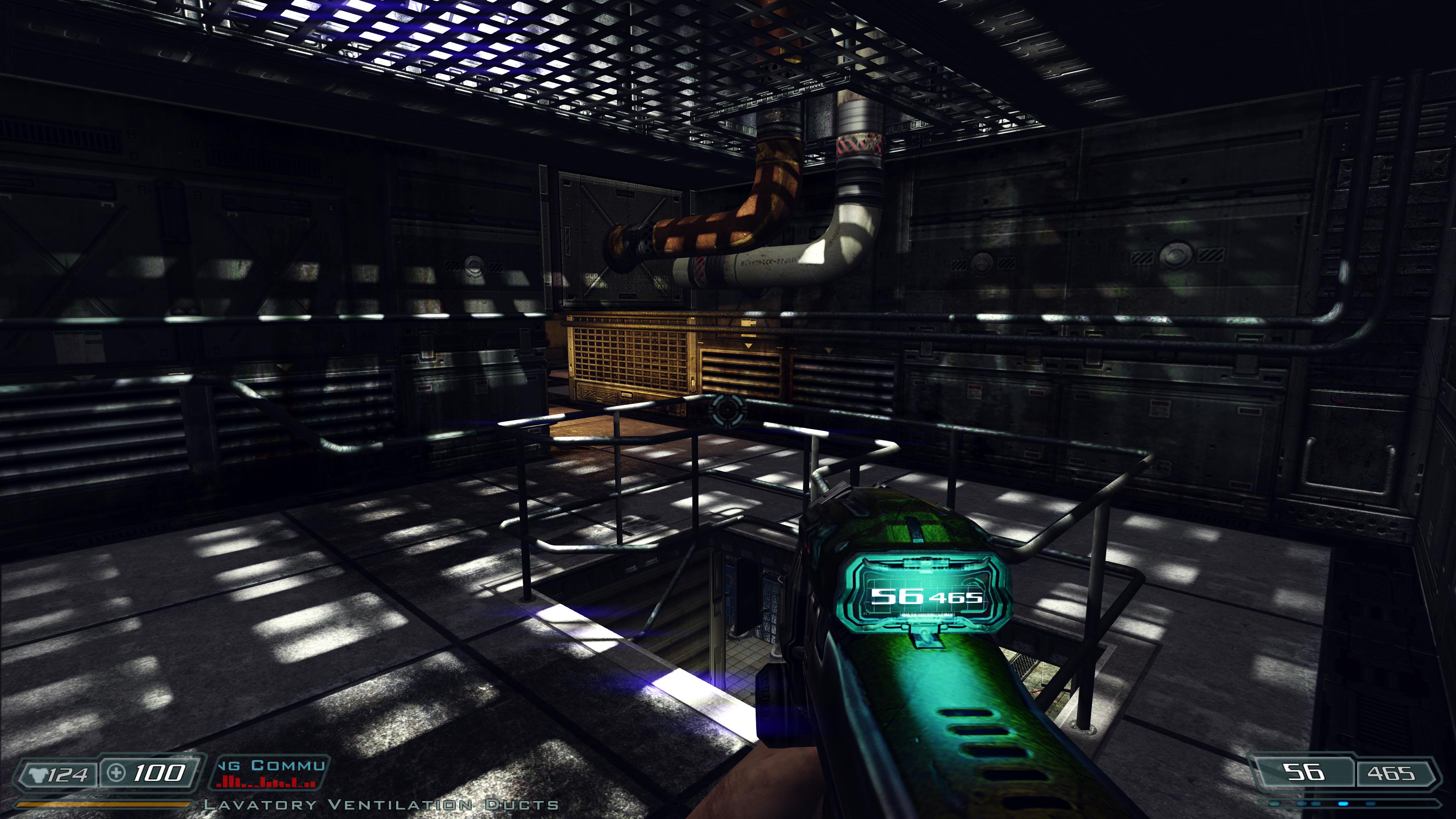
Mods Used: RBDOOM3-BFG, Wulfen Texture Pack, and Hi Def mod
64-bit? Yes (Default)
Renderer: OpenGL both original and modded
Although DOOM 3: BFG Edition was released in 2012, by default it is graphically the same as the original 2004 game, but has some technological benefits like the ability to run at frame rates beyond 60. The year 2004 was a battle between three technologically bleeding edge giants: id Tech 4 (DOOM 3), Source (Half-Life 2), and Unreal Engine 2.5 (Unreal Tournament 2004). Never before and never again has there been such a competitive, innovative engine battle in gaming! Don’t forget the original CryEngine was also from this time period, and can even be thrown into the mix.
Source engine of course has the best long term support of the three, which continues to this day, 18 years later at the time of this writing. Unreal Engine 2.5 was my overall favorite at the time, and it aged very well with no issues in Windows 10 21H2 and perfect compatibility with OpenAL Soft. id Tech 4 was definitely the prettiest for indoor environments (followed by UE2.5), had the most advanced lighting system of the bunch as well as the best shadows and I’d say the best overall optimization, but the fact that frame rate is tied to sounds and physics in so many of those games ruins it.
History lesson aside, DOOM 3: BFG Edition has overall better graphics mods than the original game, even though there’s a community made Vulkan renderer for the original. These mods would score higher on this list if the texture mods covered more of the game’s textures. Many are left untouched, although DOOM 3 textures look fine to this day and they were nearly unparalleled in 2004. Still, the other mods in this article have far more complete texture replacements. With that said, Wulfen Texture Pack is one of the very best texture mods ever made for any game in terms of sheer quality and art design (they’re not AI upscaled original textures).
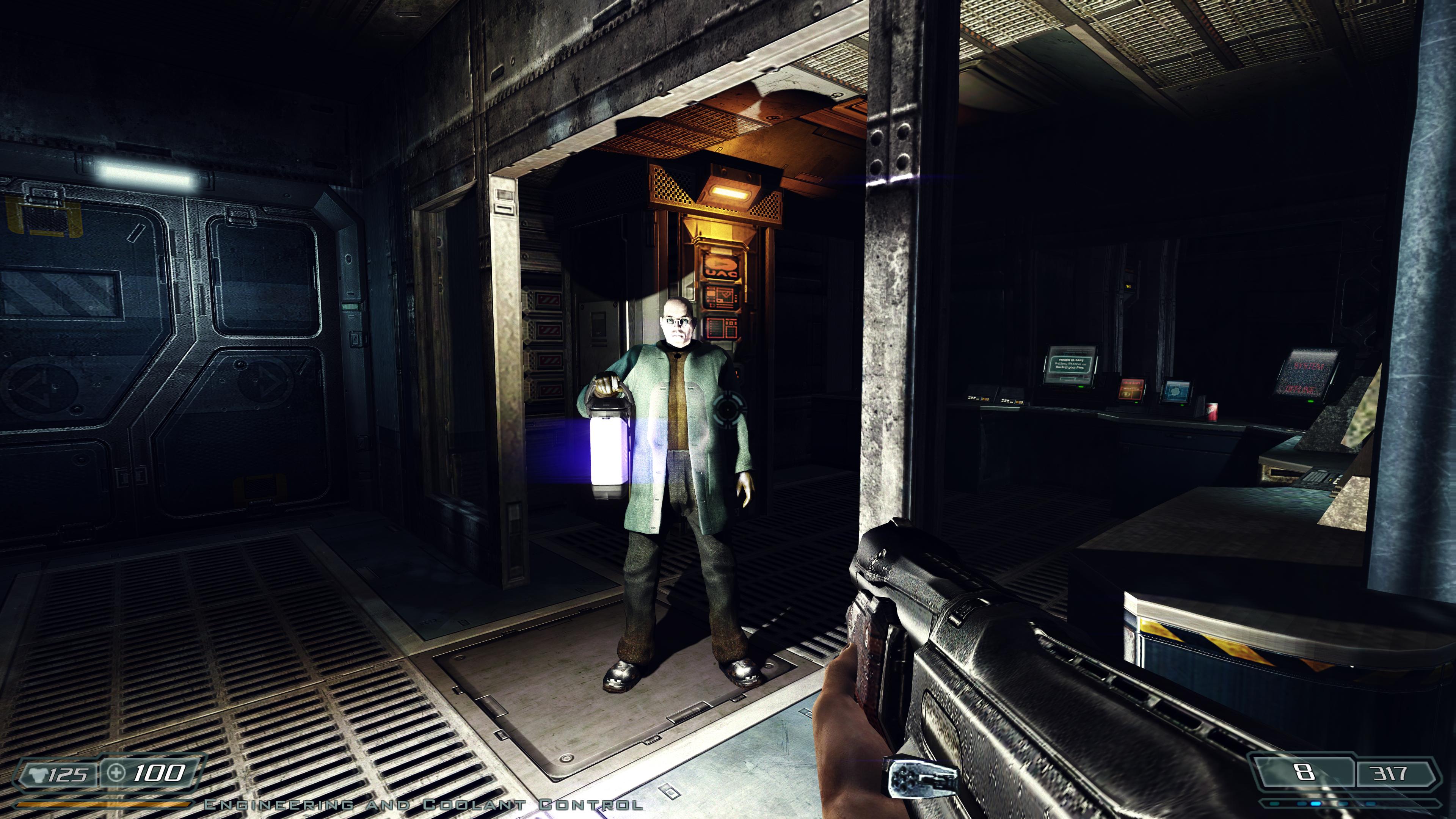
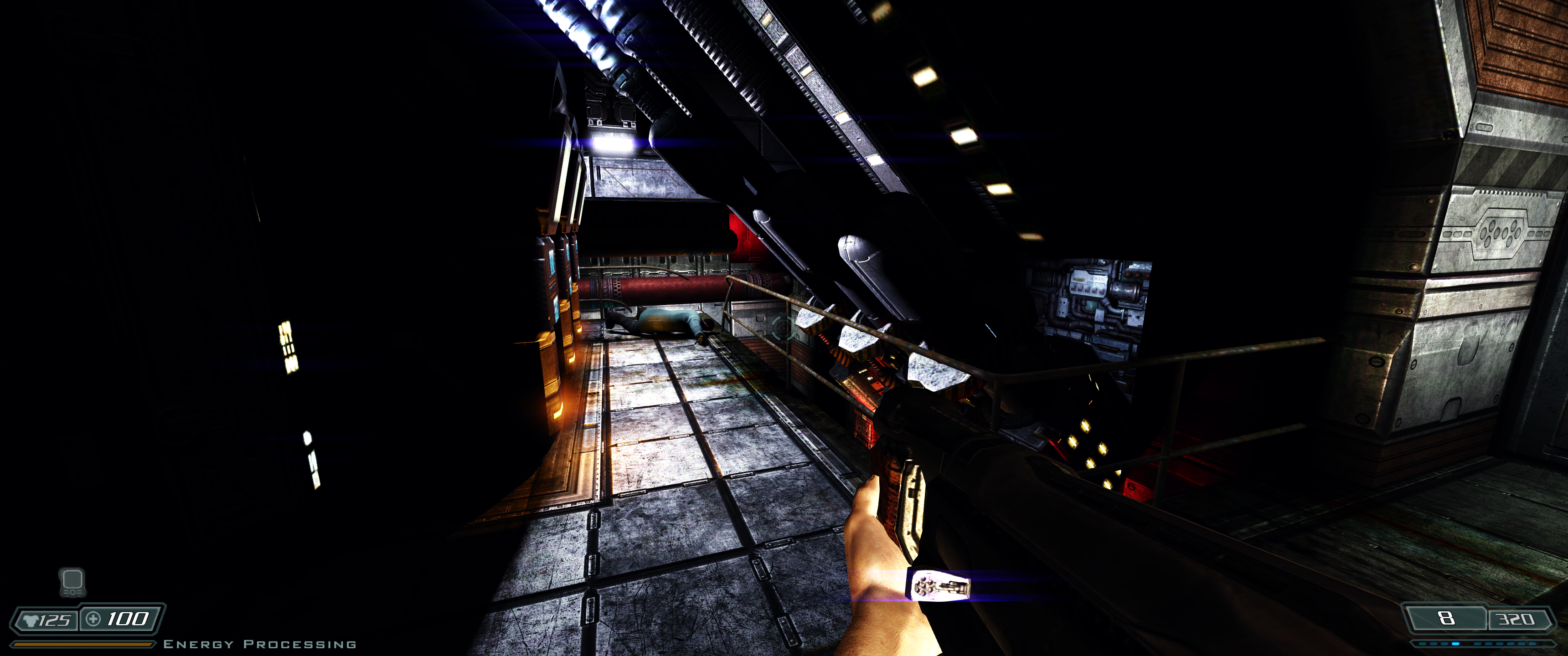
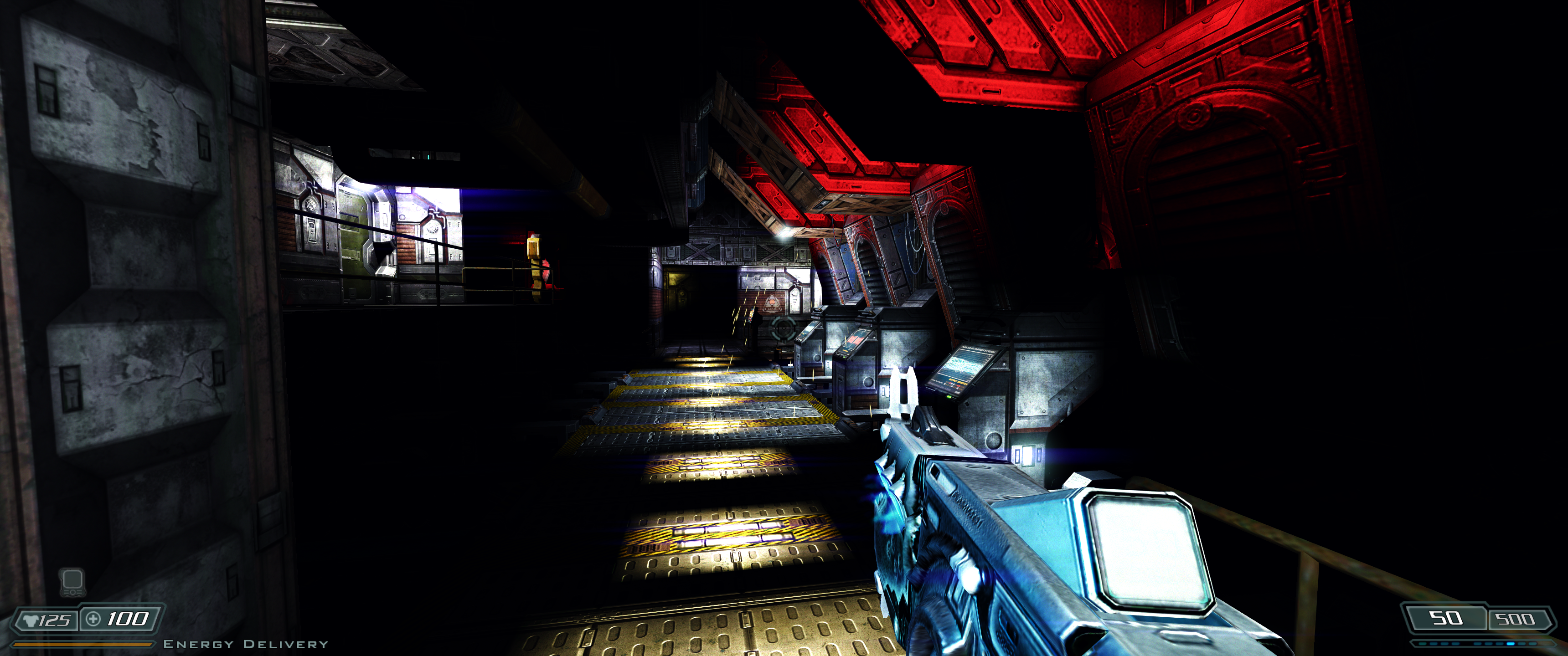

What makes this modded DOOM 3 even more timeless is the fact that it was one of few games to exclusively use dynamic lighting, and did so without suffering large areas of unwanted pitch darkness (unlike F.E.A.R.) due to its intelligent art design and superior lighting system. In fact, its lighting system still does things most engines don’t do today, like blend multiple different lighting colors to create a new color (rainbow effect). DOOM 3 BFG with these mods ends up with lighting quality and shadows that surpass many early 2010s games (even unmodded they give the 2011 Skyrim a run for its money) and some of the nicest texture work you’ll see.
Mods Used: FakeFactory’s Cinematic Mod 2013
64-bit? No
Renderer: DX9 both original and modded
Half-Life 2 was one of the absolute best looking games at the time of its release in 2004, but it’s hard to resist Cinematic Mod once you’ve actually tried it (especially considering it’s compatible with MMod). It single handedly is one of the utmost impressive graphics mods for any game. The screenshot above shows the unmodded game on top, and Cinematic Mod 2013 on the bottom.
This is a mod that has some controversy, but all the controversy comes from people who never bothered to configure the mod or try it at all. The controversy comes from people mistakenly believing Cinematic Mod forcefully replaces all character models, especially Alyx, with models based on glamour models like Adriana Lima. This is a silly feature built into the mod, but it is OPTIONAL. Make no mistake, Cinematic Mod 2013 is a universal improvement in every way, and doesn’t have to make any harmful changes to Half-Life 2.
At the bare minimum, Cinematic Mod merely updates the graphics with new post-processing effects which you can configure as shown above, new high resolution consistent textures (the texture work is truly amazing in this mod), new shaders supporting newer technologies such as HBAO, and of course it ports the game to Source Engine 2013 (which still uses a DX9 renderer like the base game) to better support these things and more. It also improves performance. It doesn’t necessarily make any changes to character models, weapon models, soundtrack, or AI, those are all optional but recommended.
Cinematic Mod lets you optionally replace character models with higher quality, lore friendly ones that are artistically consistent with the original game but far superior in quality. You can also sacrifice artistic consistency with the original game in exchange for vastly different models if you prefer. The choice is yours. All the complaints about Cinematic Mod are made because they are unaware of these choices. The funny thing is, by default Cinematic Mod doesn’t even replace character models.
Cinematic Mod does add the ability to aim down the sights, something sorely missing from Half-Life 2, and also it always drastically, universally improves level design. The level design in Half-Life 2 is functionally great; the areas you can actually play in are very well designed, but if you get to a high point where you can overlook the levels (and it’s very easy to get to such places, you will even be forced to visit such altitudes often) you will see the artistic deficiencies of the level design. In fact, these artistic deficiencies are also obvious on the ground where you’re playing. The levels aren’t very detailed when it comes to set decoration; props/objects, decals, and if you look past the playable area you will see blatant lack of completion. Let these screenshots below illustrate the difference.
Where unmodded Half-Life 2 will just feel like you’re playing on video game maps, Cinematic Mod takes you to an actual world. The four screenshot comparisons above (courtesy of FakeFactory) don’t even showcase Cinematic Mod 2013, but an older lesser version (every other screenshot here is the 2013 version on the other hand). Blank areas are filled with detail, scale is made more believable, so is the damage done to this post-apocalyptic world.
But when it comes purely to graphics quality, Cinematic Mod is still very impressive with its new models, shaders, textures, post-processing. It hits on every important area. Newcomers should definitely go ahead and use both MMod 1.3 and Cinematic Mod 2013. Literally the only benefit to playing the game unmodded is to understand how much better these mods are. Cinematic Mod 2013’s visual quality actually lives up to the “2013” part of its name.
#6 – HeXen II (1997)
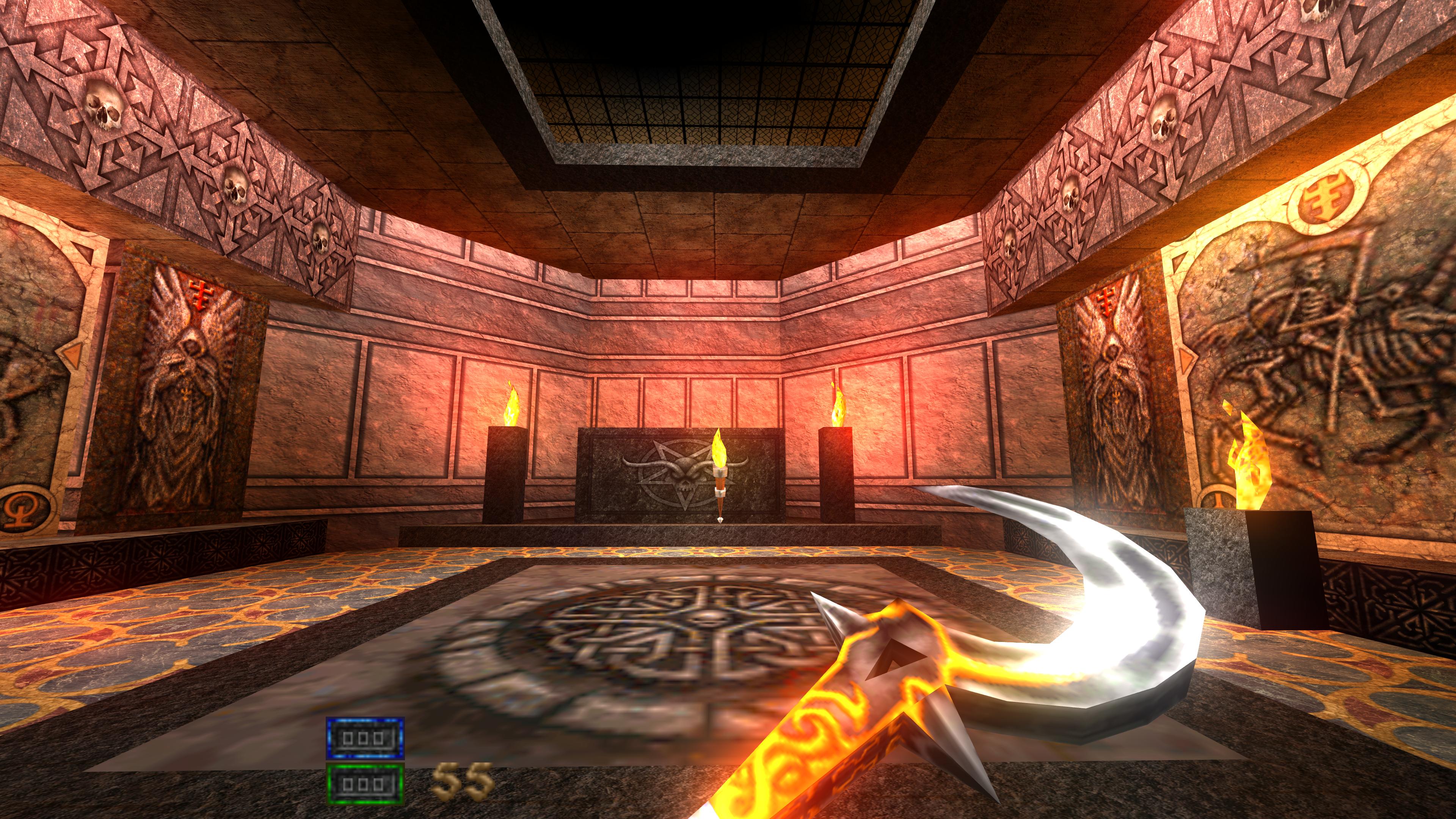
Mods Used: FTEQW source port, HeXen 2 Texture Pack for UQE
64-bit? Yes
Renderer: Vulkan or OpenGL
Fans of classic PC FPS games such as HeXen II might be raising their eye at its inclusion here, but not any of the Quake games. Fear not and keep reading! HeXen II was made by Raven Software and released in 1997. While being one year newer than Quake (which uses the same engine), it was peculiar that Quake was considerably more advanced as HeXen II had no vertical mouse movement, limiting it to playing like a 2D game (like DOOM) even though it was in fact a fully 3D game.
Coincidentally, we run into the same situation here. HeXen II places #6 while Quake, the older game, places much higher on this list because it has a better looking source port that is incompatible with this game. In any case, these two mods for HeXen II are very impressive and make it look comparably good to other games on this list. The Vulkan renderer is a bonus, making HeXen II one of few games from the period able to truly run at frame rates beyond 60 FPS.
#5 – Unreal (1998) and Deus Ex (2000)
Mods Used (Unreal): OldUnreal 227i, UnrealHD, Unreal227 HD Texture Pack, DirectX 11 Renderer, HD4K Extreme Resolution Textures for DX11 Renderer, Unreal Normal Height Maps for DX11
Mods Used (Deus Ex): New Vision, Project HDTP (both of which is included in the highly recommended GMDX vRSD mod), DirectX 11 Renderer
64-bit? No
Renderer: DX8 original, DX9/DX10/DX11 modded
Here we’re looking at a couple of Unreal Engine games, including the first ever in Unreal. There may be other Unreal Engine games worthy of this spot too, but I think you get the picture. Modded Unreal Engine games with the DX10 or DX11 renderers plus texture mods make for some of the most impressive graphics mods ever made.
For Deus Ex, New Vision (which in itself includes Deus Exe) provides both DX9 and DX10 renderers. The DX11 renderer is separate as mentioned above. Both the DX10 and DX11 renderers have some issues in Deus Ex though, including performance issues (they run best on AMD’s RDNA 2 cards, perhaps due to their infinity cache) but also possible inability to run beyond 60 FPS.
Add Project HDTP on top of that and you’ve got some of the most technologically advanced graphics mods. DX9/DX10/DX11 renderers add new shaders, multisampling, ambient occlusion, and other impressive effects for an old game. It really seems like every single world/object texture is retextured with these mods, with a resolution that defeats most modern games even.
What these mods don’t change much, which makes them unlike every other pick on this article, is post processing, but you can always use a post-process injector like SweetFX if you want that. A proper remake of Deus Ex would be ideal, but these mods and others are the reason it is not absolutely required.
Despite how impressive these graphics mods are, we do not recommend using them alone. Why? Well, gameplay remains untouched, and there is a lot of room for improvement in the gameplay of Deus Ex. Enter GMDX, a large scale overhaul mod that includes all of the aforementioned mods plus perfect, universally improved gameplay changes, and also higher quality models and textures for guns. Even though the GOG version of Deus Ex lets you download Revision mod through GOG, we recommend GMDX over Revision because GMDX makes zero disagreeable changes to level design (Revision makes unneeded changes to layout on many levels, making it no good for first timers) yet it improves gameplay further. Refer to this spreadsheet comparison of the two mods.
Notice how mirrors actually reflect things as shown in the screenshot above, including your laser sight? Find another game that does that. But I digress; Deus Ex, like other games on this list, is unplayable unmodded on modern day systems. It is extremely resolution limited and the graphics are just so dated that there’s no need to bother, considering these mods. GMDX mod adds level detail where the original game is lacking, it adds vaulting/mantling (the ability to climb any ledge) which is a massive improvement to mobility, it improves AI, its Realistic difficulty mode is by far the best balanced Deus Ex experience (headshots are more realistically lethal all around, armor is very important and has plausible properties), and the changes it makes to augmentations greatly enhance gameplay. Some people will tell you not to use GMDX the first time around, but there is really no good reason not to since GMDX is universally improved.
With these mods, the most outdated looking feature about Deus Ex has to be the character models, which are untouched. In fact, with all the mods we’ve chosen only #6 and #1 make significant improvements to character models (not counting first person arm models).
The situation is much the same with Unreal. We also list all the graphics mods in our review of the game. Thankfully, there are no issues getting Unreal to run at high frame rates using the DX11 renderer. Don’t be too bummed if you can’t use DX10 or DX11 in either of these games due to performance issues, since they’re honestly not much different at all compared to DX9. All of these mods upgrade Unreal and Deus Ex technical graphics quality to a mix of 1998 tier (polygon count/mesh quality), mid 2000s tier (shader quality), and with mid 2010s tier texture quality.
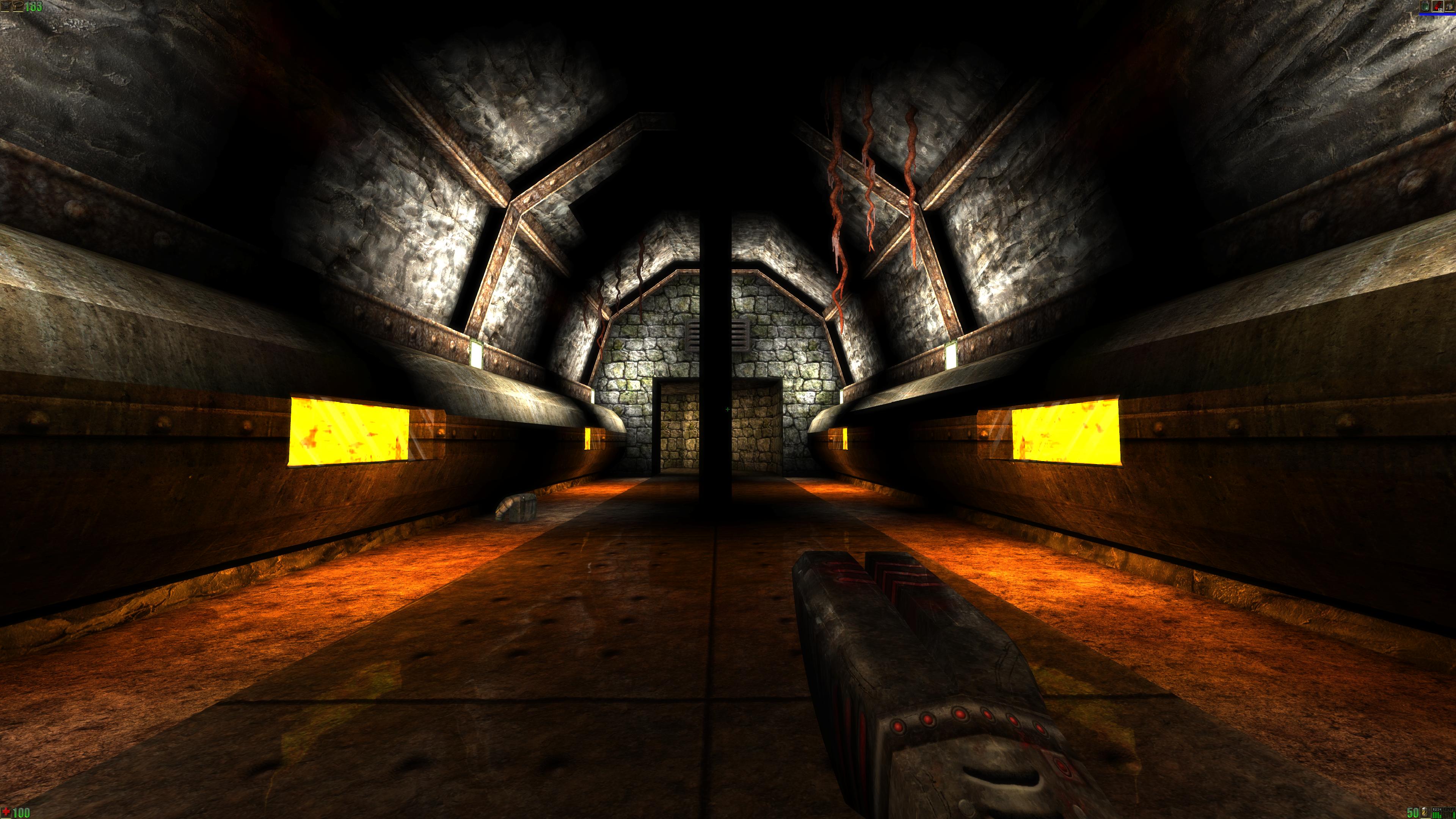
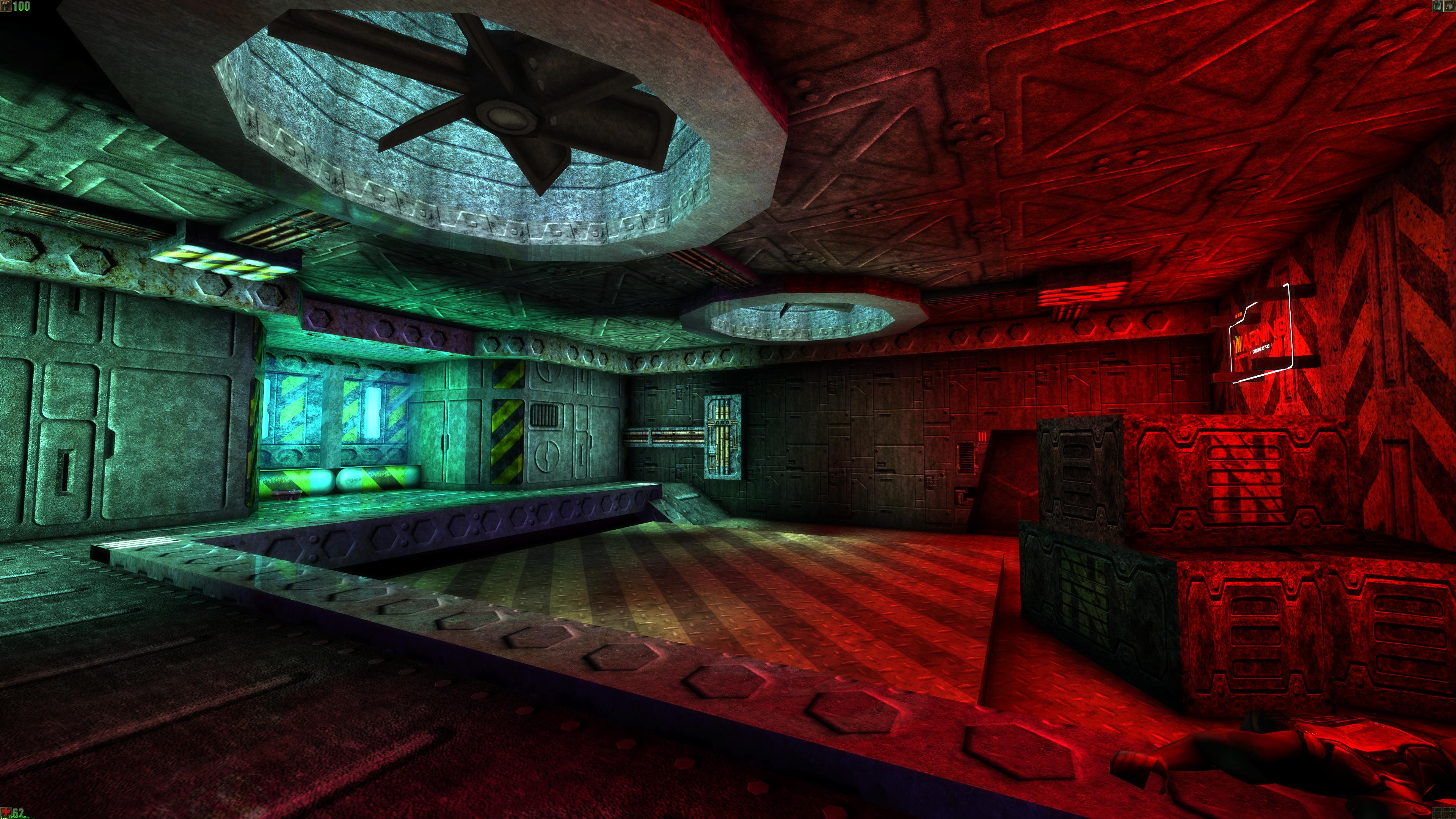

Mods Used: Thief Gold HD Texture Mod and Thief 2 HD Texture Mod (as well as NewDark if you’re not using the GOG version of these games)
64-bit? No
Renderer: DX8 original, DX9 modded
Thief Gold is a re-release of Thief: The Dark Project from 1998. It is effectively the complete edition of the first Thief game. Thief II: The Metal Age released in 2000 on the same engine with the same graphics. While they are artistically very impressive, the technical graphics of Thief even in 1998 left a lot to be desired, losing handily to the Quake games, Half-Life, and Unreal from the same time period.
But fear not, for these games have some of the most impressive graphics mods of all time. Players need only to install one mod for each, both of which are listed above. Note that those mods incorporate a few others too. Basically the same mod from the same people, made specifically for each game. The names are deceiving though; they are far more than texture mods, and affect every element of Thief’s graphics just about.
These mods do contain a separate mod that acts as an HD model replacement, and an unofficial patch full of engine updates including a DX9 renderer. These mods retexture just about the entire game, include lots of higher quality models, tons of new post processing effects from the DX9 era such as bloom, multisampling, totally redone water and particles, and more. The end result, as shown above, looks nothing like a 1998 or even a 2000 game, but much newer.
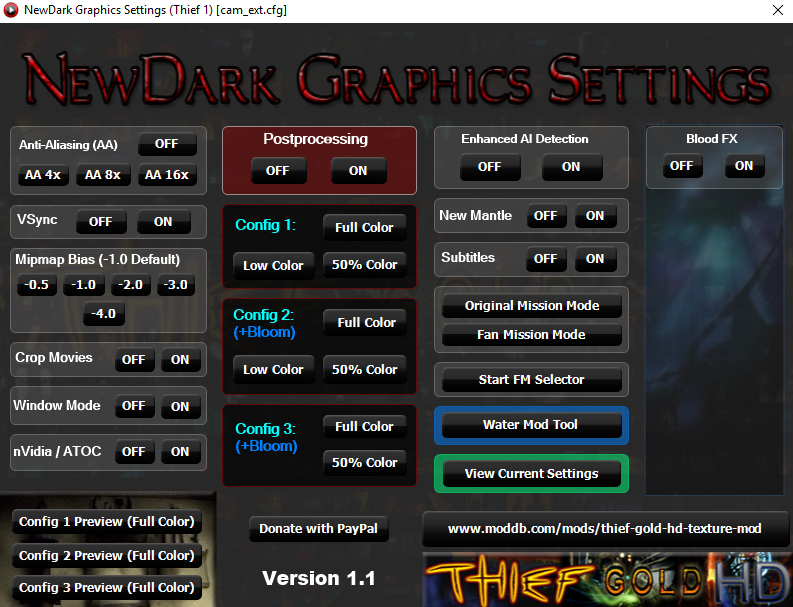
As with every other game on this list, players are advised not to even bother with the unmodded game, especially since most people wouldn’t bother to replay any of these games. No, go straight for these universally improved versions, improvements even the developers would (and in some cases actually do) agree with. These mods transform Thief’s visual quality from being poor by 1998 standards to having that same 1990s polygon count/mesh quality, but mid 2000s shader quality and early 2010s texture quality. Considering where Thief’s visuals started compared to Unreal’s, that’s a bigger delta.
#3 – Unreal Tournament (1999)
Mods Used: OldUnreal, UnrealHD, Unreal227 HD Texture Pack, DirectX 11 Renderer, HD4K Extreme Resolution Textures for DX11 Renderer, Unreal Normal Height Maps for DX11
64-bit? No
Renderer: DX8 original, DX9/DX10/DX11 modded
We return to the first Unreal Engine, this time with the legendary Unreal Tournament. Either its graphics mods are even better than those for Unreal (even though they’re the same on paper – same exact renderer, similar 4k texture mods), it looks even better perhaps due to improvements native to the game, since I do recall UT looking slightly better than Unreal back in the day. This game had the best technical graphics in the 1990s, but with these graphics mods (all the ones listed under “Optional Graphics Mods” in our aforementioned Unreal review), it looks like a 2006 game modded with 4k textures. Display HDR really makes all of these games look much better, but Unreal Tournament might benefit the most here especially on an OLED screen.
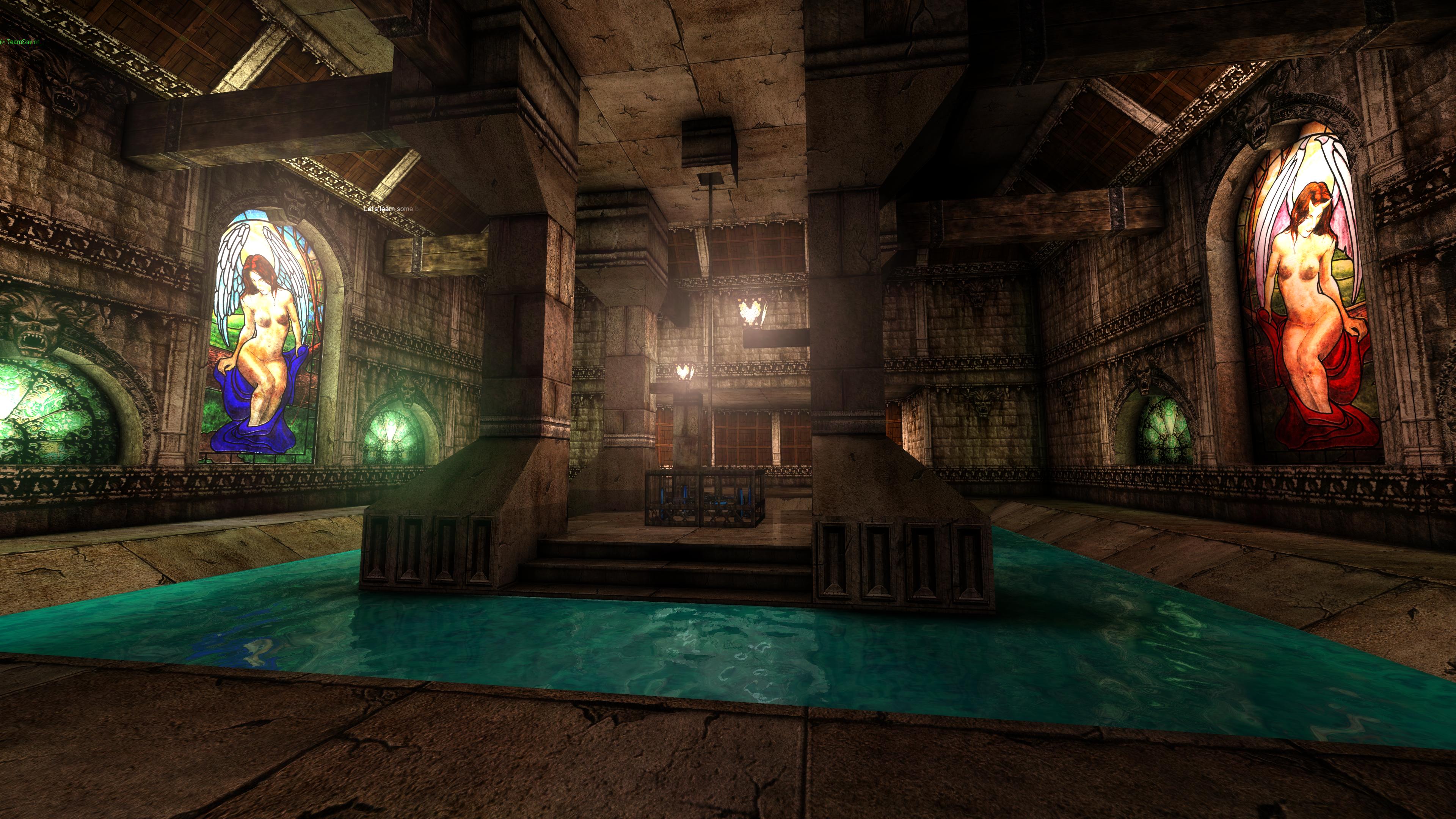
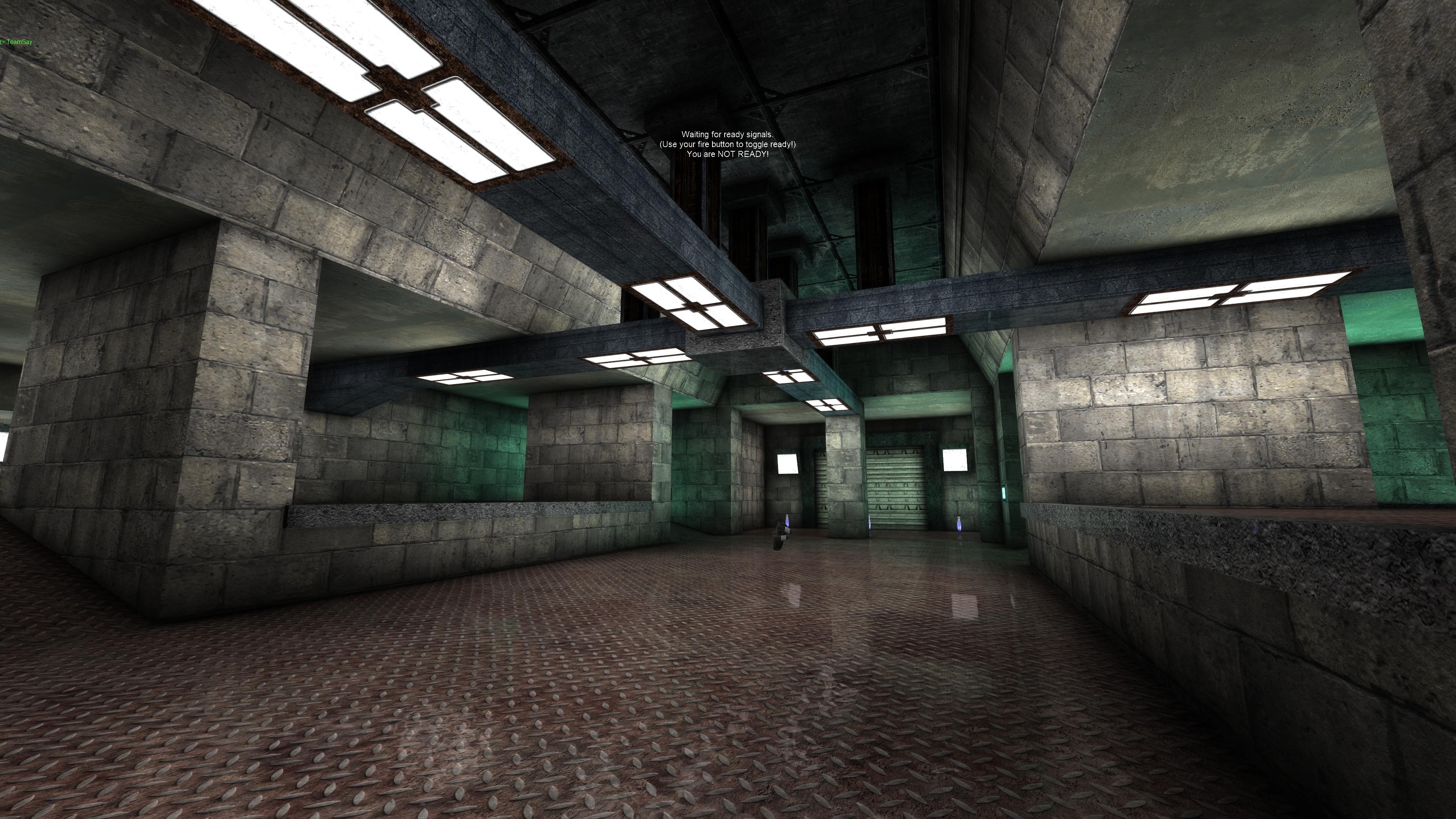
#2 – Quake (1996)
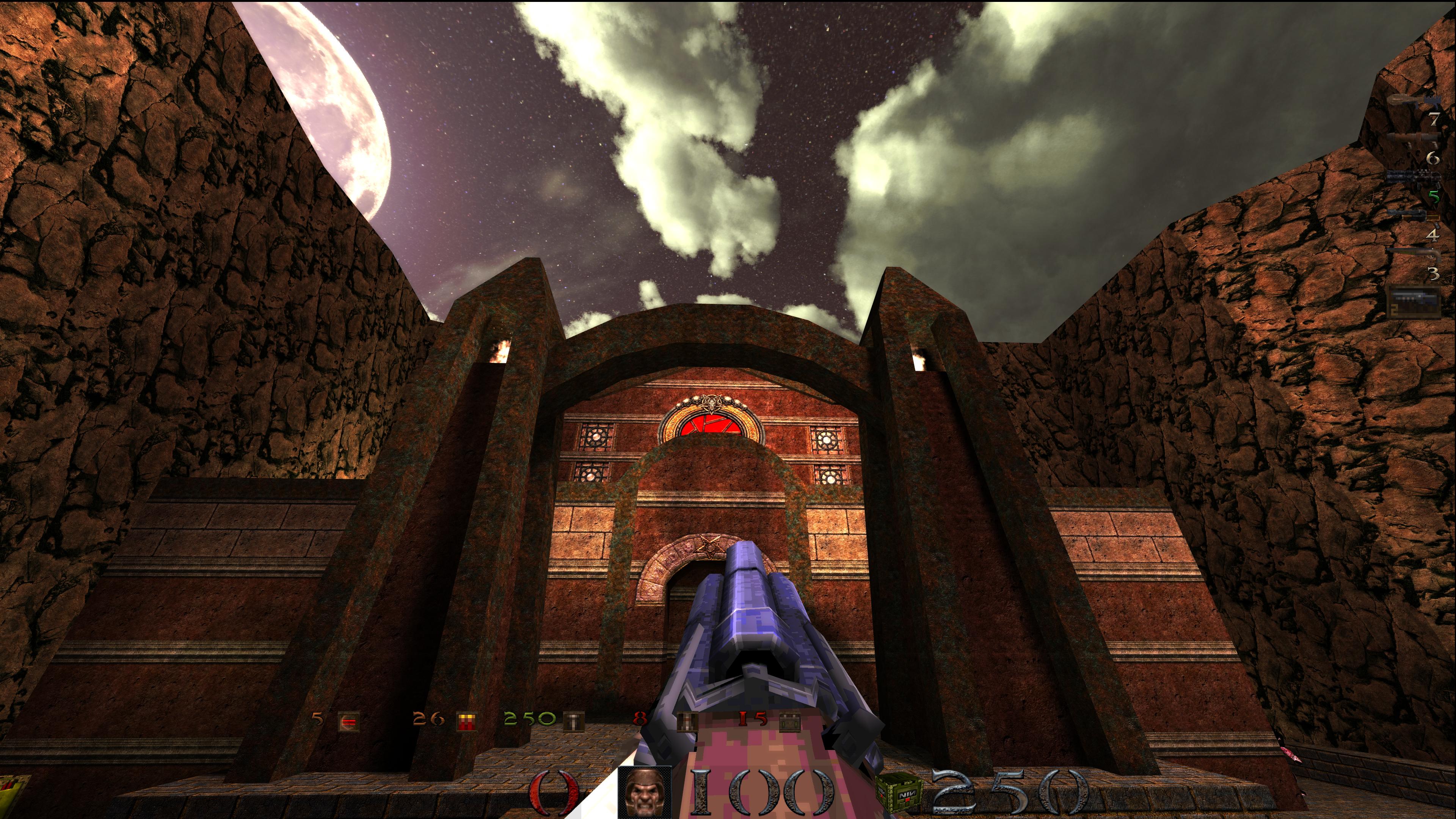
Mods Used: DarkPlaces (get the latest build here), Rygel’s 2.7GB ultra texture pack which is linked on the DarkPlaces website, Romi’s rtlights file for Quake which is also on the same site, and Bestiary Reforged
64-bit? Yes
Renderer: OpenGL both original and modded (DX9 also available)
#2 and #1 was a really tough decision here. Both sets of graphics mods are similarly thorough and impressive. In addition to the mods listed above, brave players can also use Quake Retexture/Remodel Project but I don’t, since it’s difficult to install over DarkPlaces.
This new engine replaces the original lighting and shadows with new dynamic systems for both, and not just any dynamic lighting but path traced global illumination! Quake goes even more overboard here due to its particles; every weapon particle that should be a dynamic light is one. It’s almost like Quake II RTX, it is absolutely insane and the particles probably look better than more than 95% of games as a result. That texture pack is also insanely high quality as you can see.
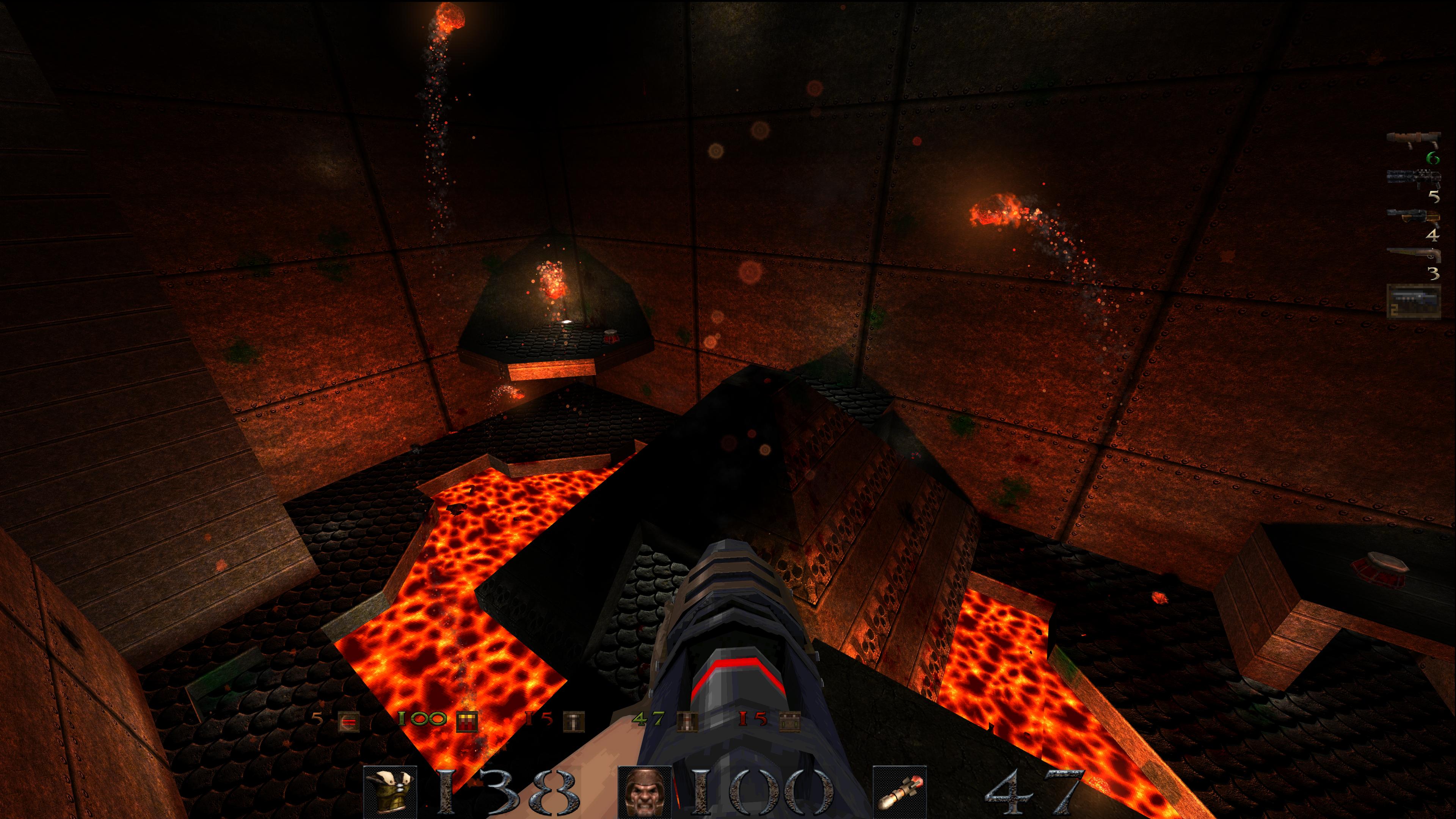
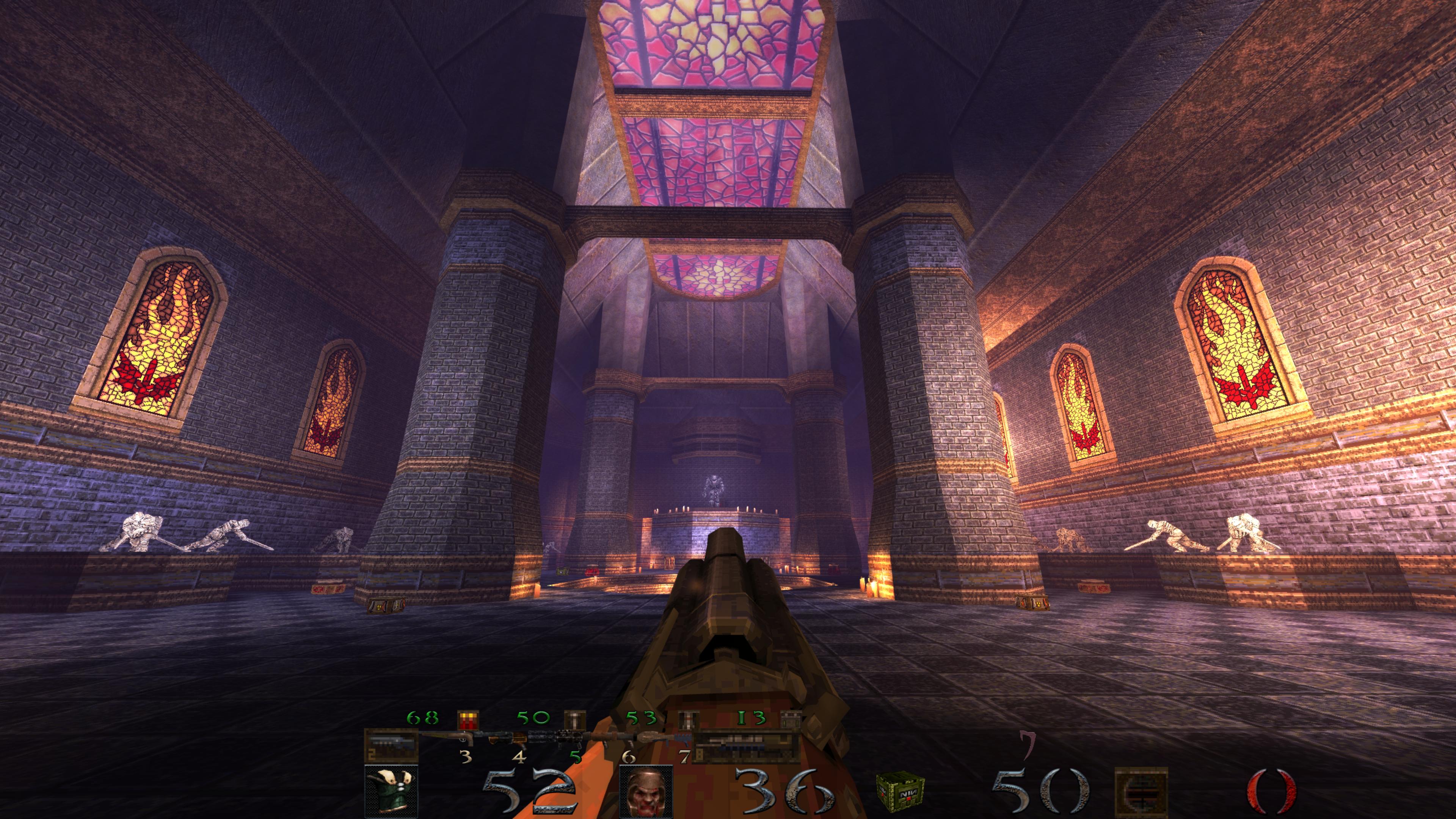
With these mods, Quake from 1996 has more dynamic lights/shadows than most modern day AAA games by far!
Mods Used: Hundreds, see here
64-bit? Yes
Renderer: DX8 original, OpenGL modded (DX9 with MGE-XE)
The Elder Scrolls III: Morrowind is an RPG released in 2002 on Gamebryo engine. It uses a DX9 renderer, so the foundation was at least already laid out for modders to push the graphics to extreme limits. Even though modders didn’t have to add a new graphics renderer to the game (while #2 and #3 do add new renderers), Morrowind’s graphics mods still push boundaries even further. As expected for a Bethesda game, a multitude of mods are included here.
OpenMW’s development builds finally overall surpass MGE-XE in visual fidelity, but the screenshots here all still show MGE-XE. The above listed OpenMW mods look even better, with the biggest improvement being volumetric cloud and mist.
OpenMW is an engine source port with a new renderer, shader system, and so many other under-the-hood changes, enabling features such as a per-pixel dynamic lighting system, physically based rendering via a mod, long distance rendering, bump mapping, multisampling, and there are enough mods to replace every texture and nearly every mesh in the game. Morrowind is a 2002 game but with these mods, its technical graphics quality is upgraded to late 2000s era, e.g. Unreal Engine 3, destroying Fallout 3’s graphics quality which is a 2008 game on a newer version of this engine. The modded texture quality is far beyond late 2000s though, reaching into mid 2010s tier.
In fact, Morrowind with these mods has better overall technical graphics than its sequel, The Elder Scrolls IV: Oblivion (2006) with any amount of graphics mods you throw on it. Morrowind got more love from fans since it is by far the best game in the series in writing/story and art design.
Skies are one area where MGE-XE is still ahead of OpenMW, due to mods like Skies IV and other mods that use it.
As with every other game on this list, do not bother playing this one unmodded. I’ll just let screenshots show you why.
The top is unmodded (screenshot courtesy of en.uesp.net), the bottom is modded. Don’t do this to yourself. Morrowind Rebirth mod also greatly overhauls the AI and the entire world, making the level design much more believable and detailed so that it doesn’t feel like a video game map but rather like an actual place instead.
For more comparison screenshots of all of these games and more, showing the unmodded game vs the best graphics mods, see this post. I also made this video below to demonstrate.
So that is our list. I think S.T.A.L.K.E.R. Call of Pripyat would rank #8 and S.T.A.L.K.E.R. Shadow of Chernobyl #9 or vice versa, but it’s hard to say what comes after that and even these three are not final picks. We also didn’t mention Return to Castle Wolfenstein and any version of The Elder Scrolls V: Skyrim, both of which are most likely top 12. We are well aware of Serious Sam RT – a ray traced source port for the first Serious Sam game, but its lack of anti-aliasing and inability to run at resolutions larger than 2560 x 1440 makes it look terrible (blurry and aliased), so it doesn’t fare well here. What are some of the most impressive displays of graphics modding you’ve seen? Let us know in the comments.

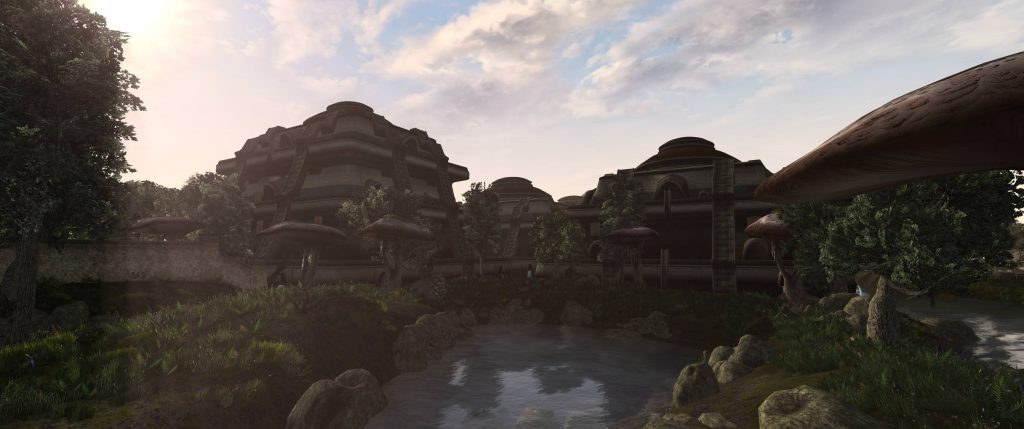

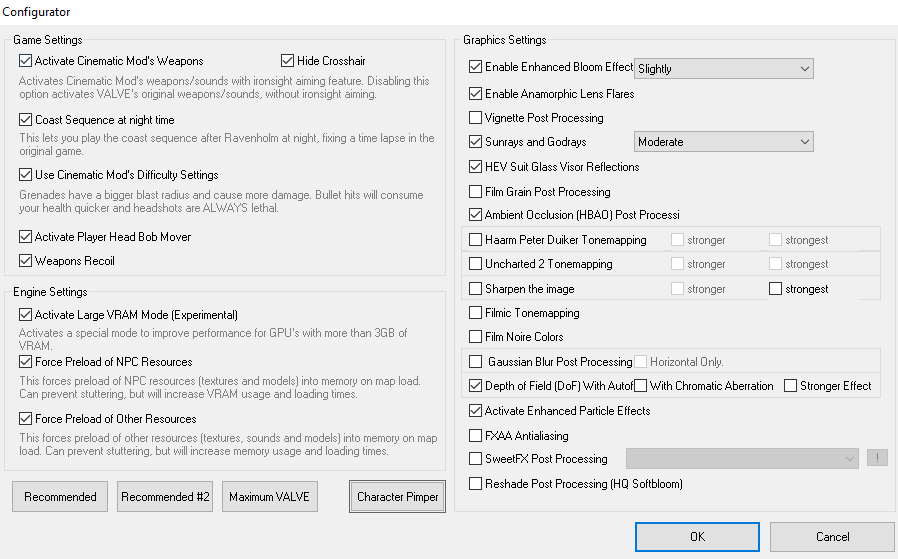
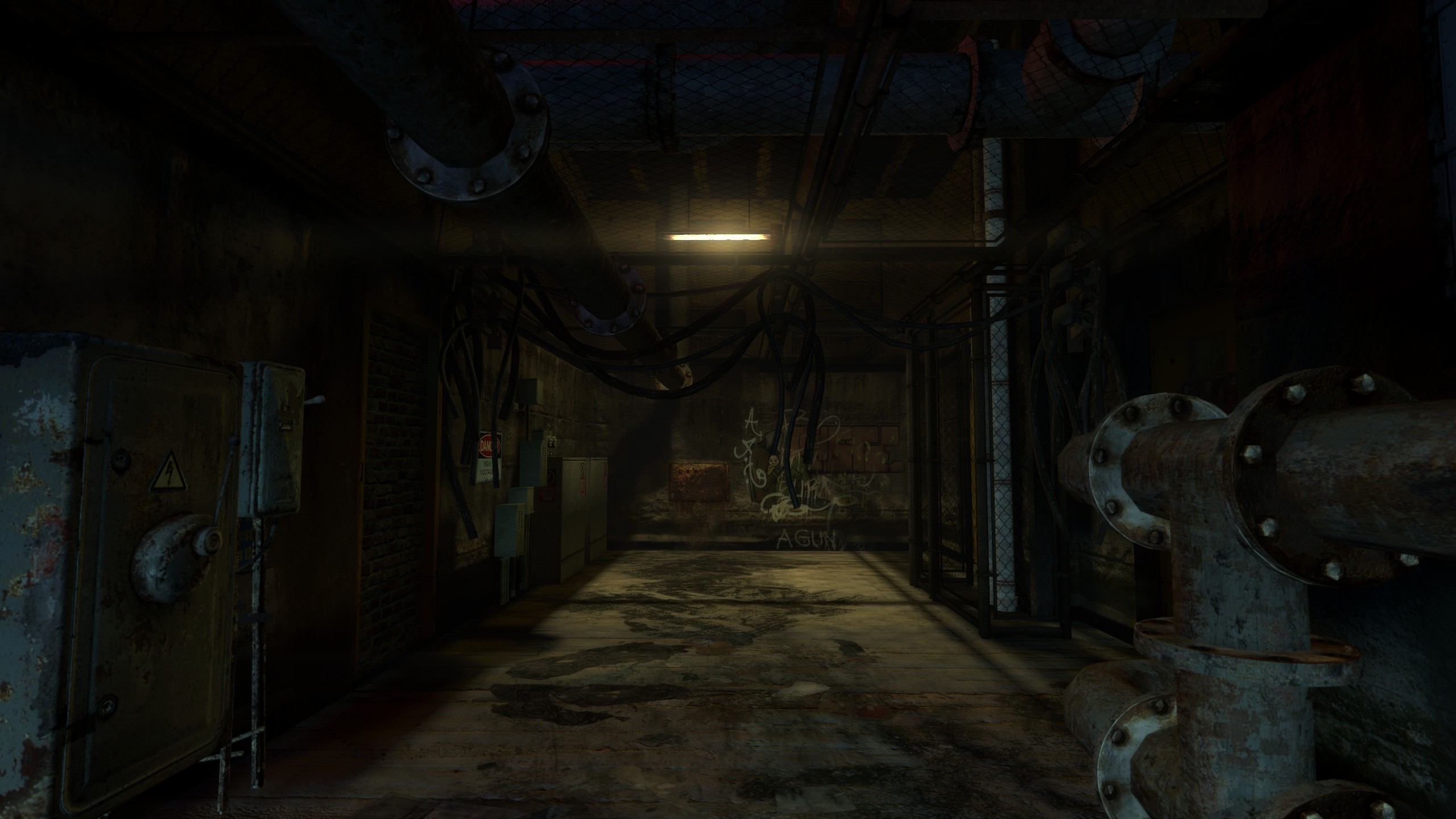
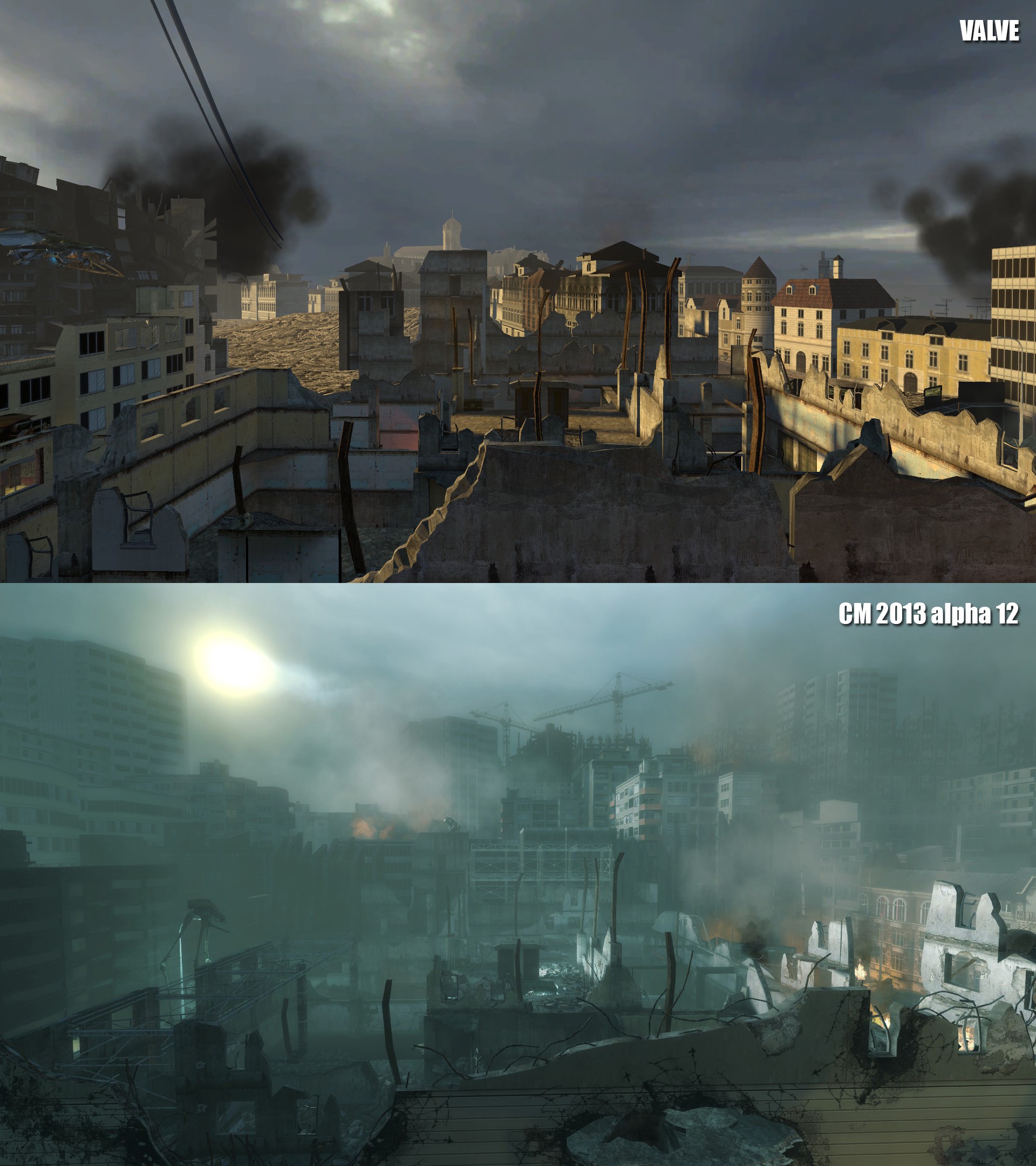
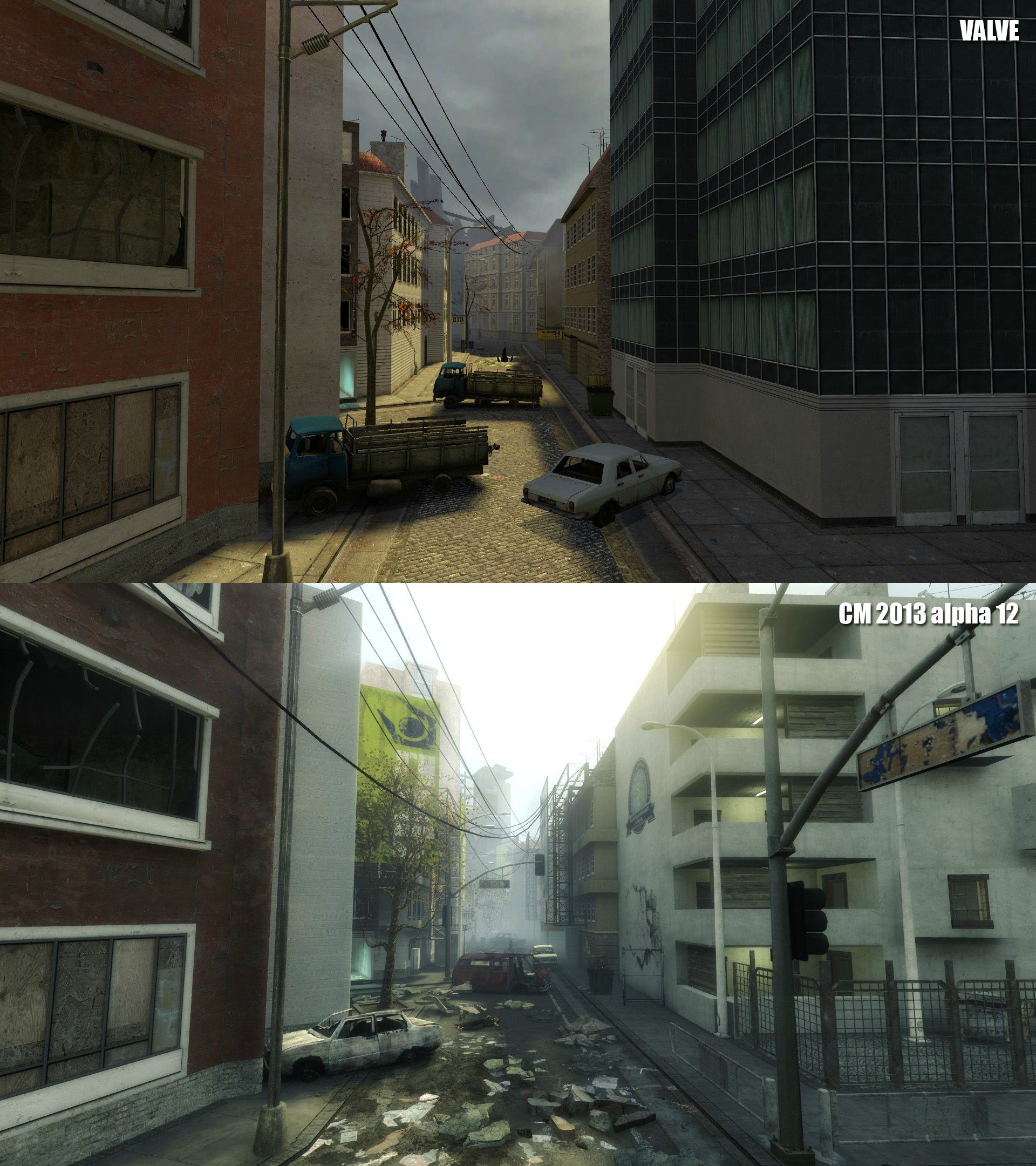

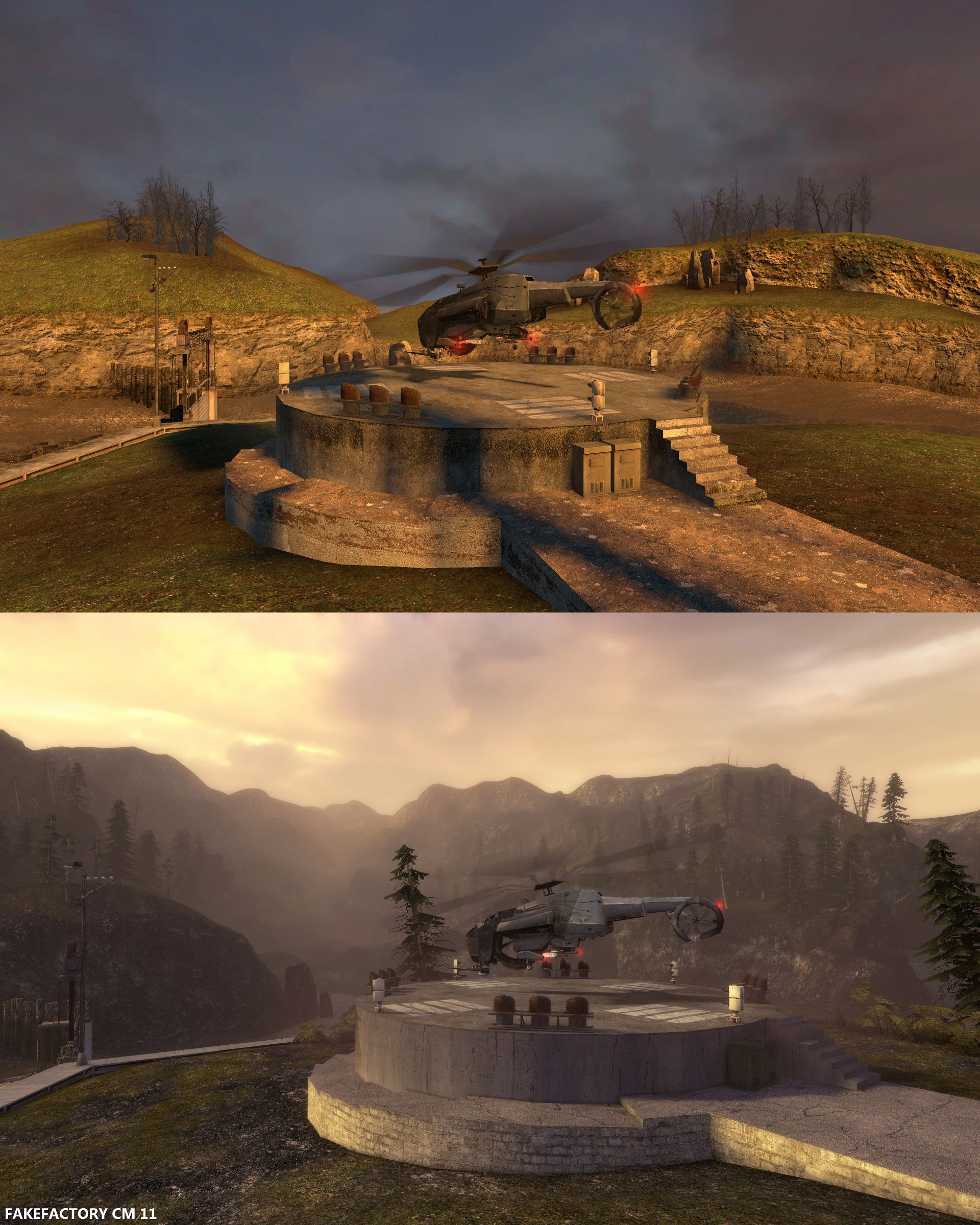

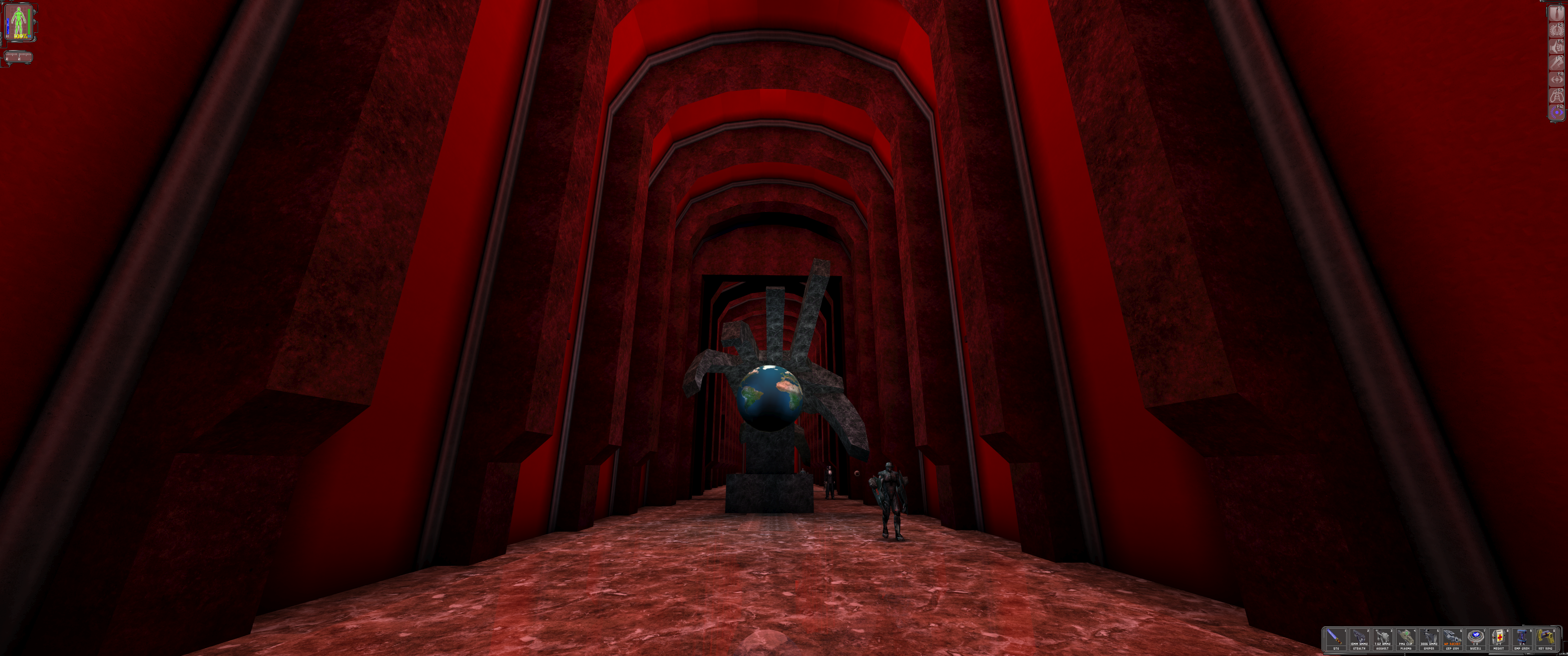


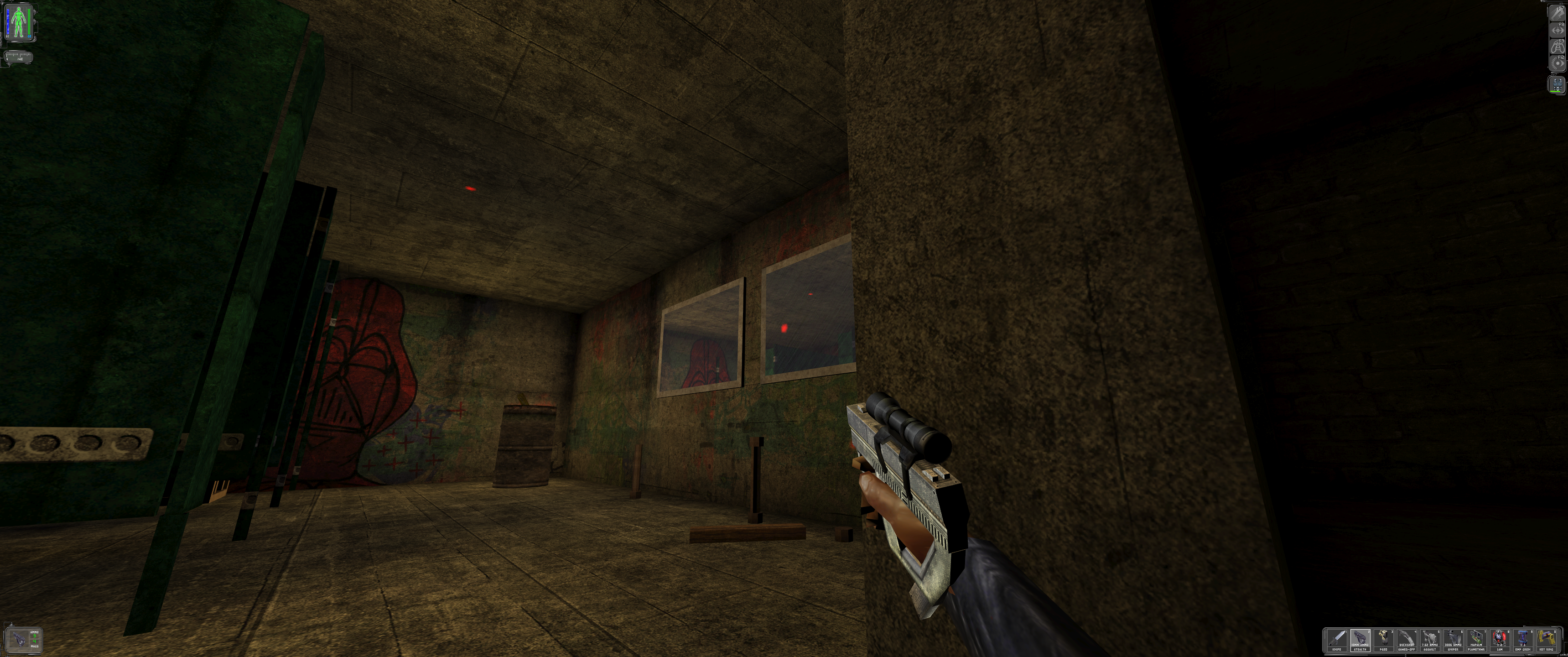
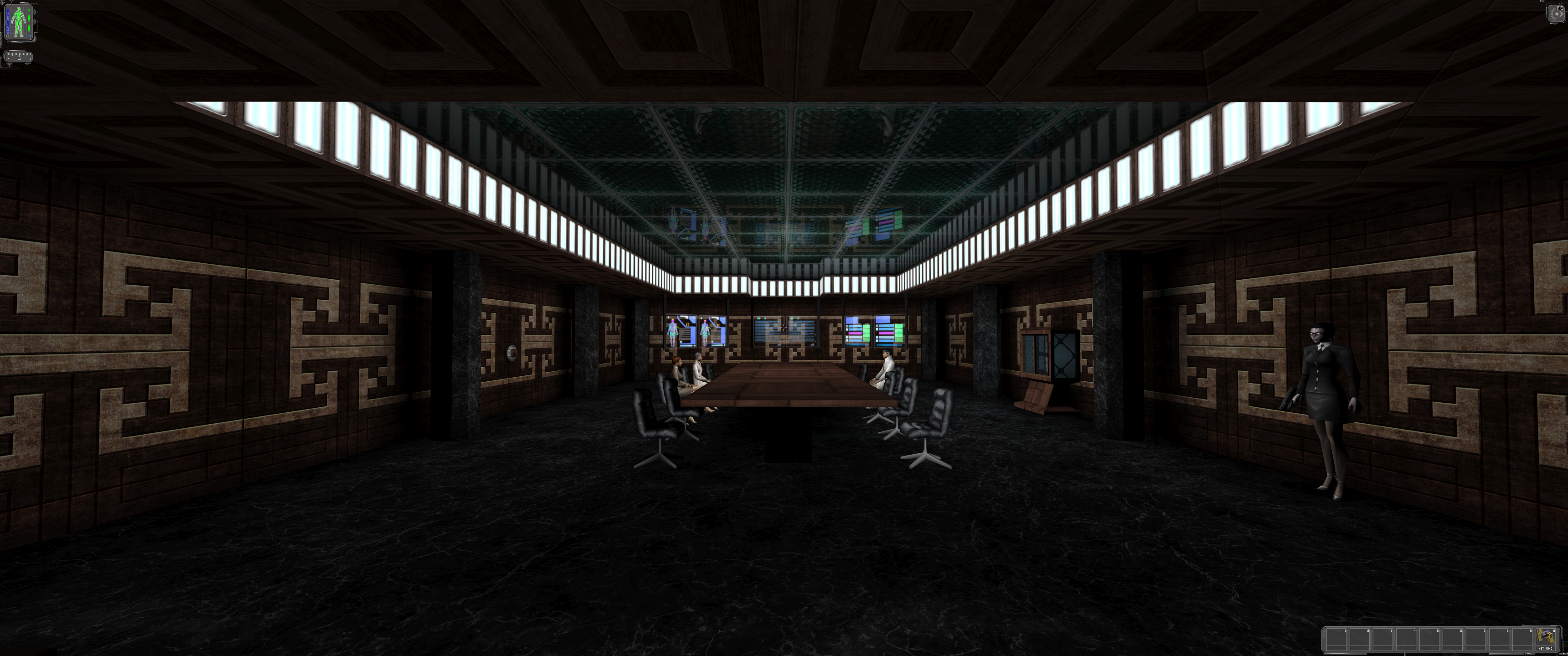
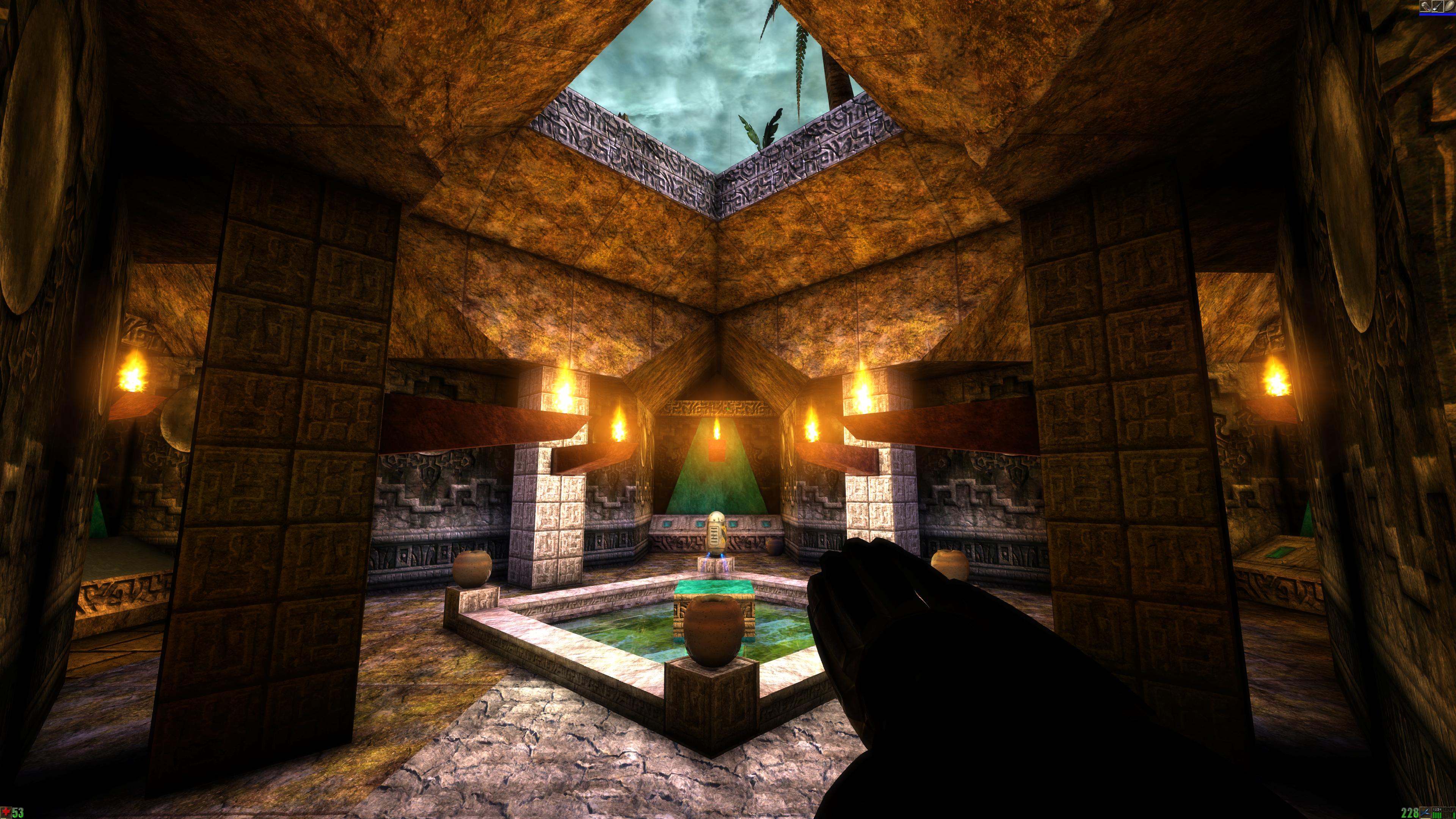
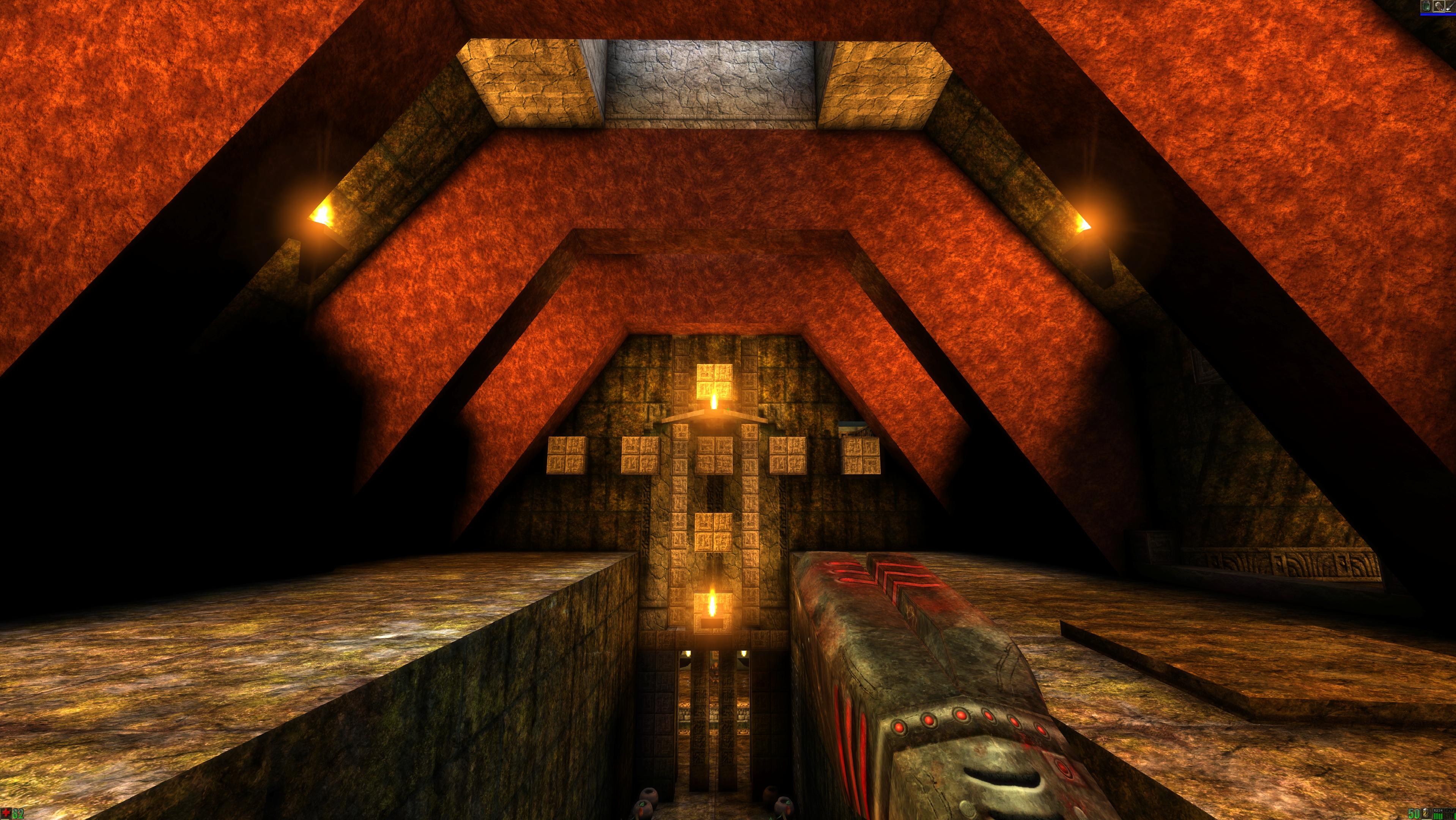
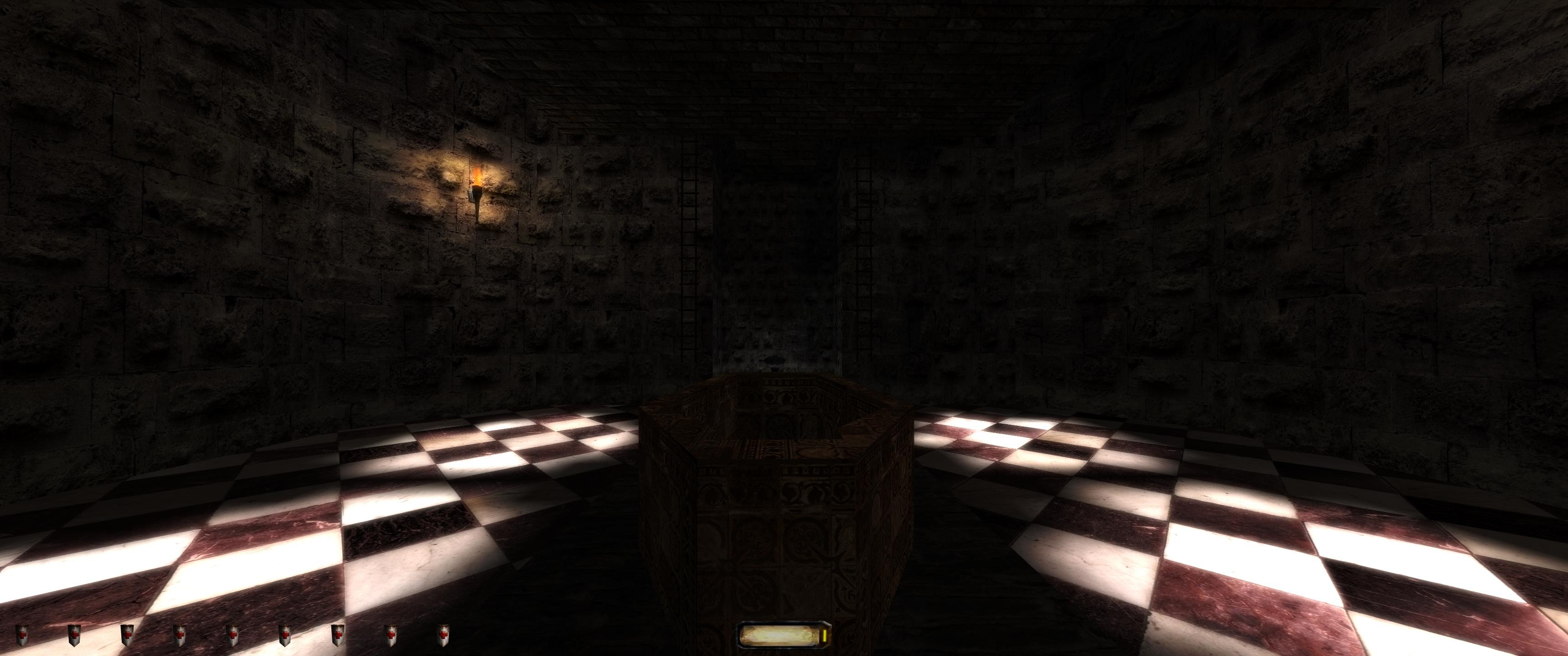
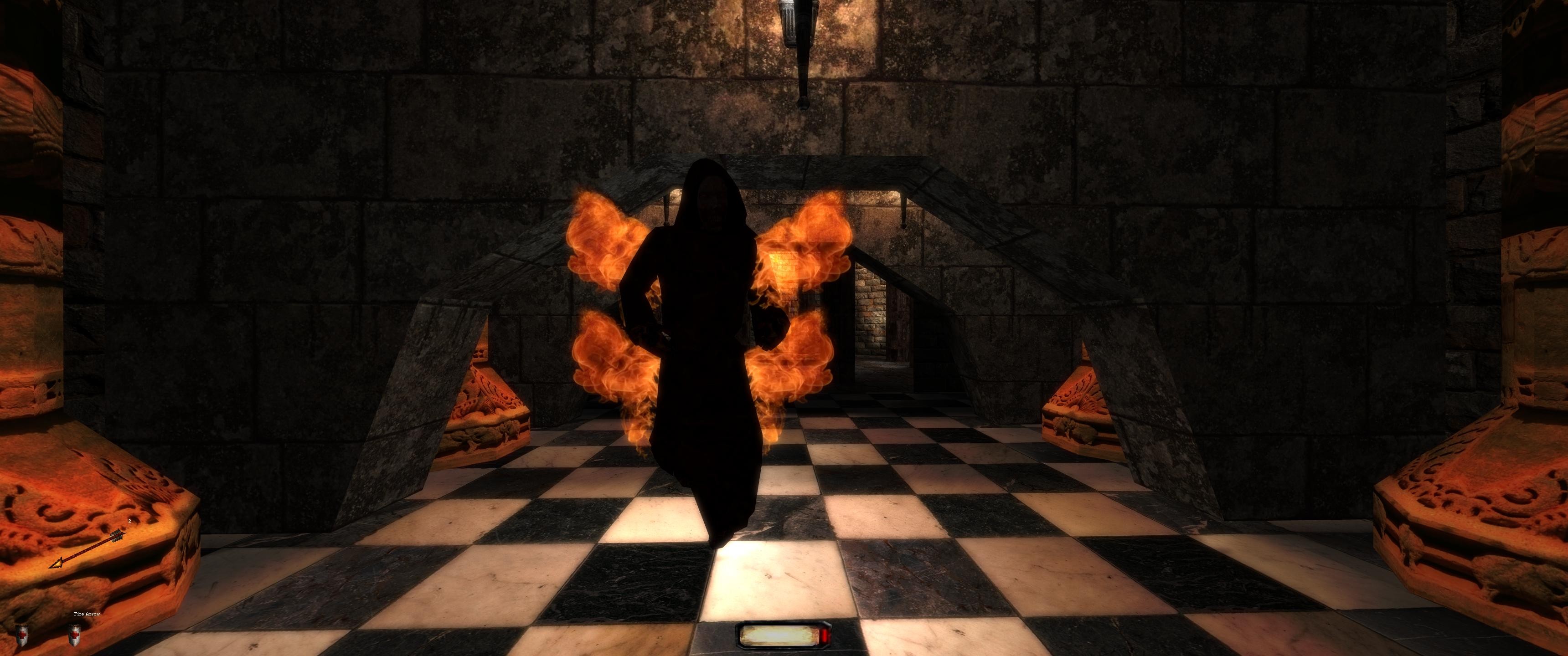
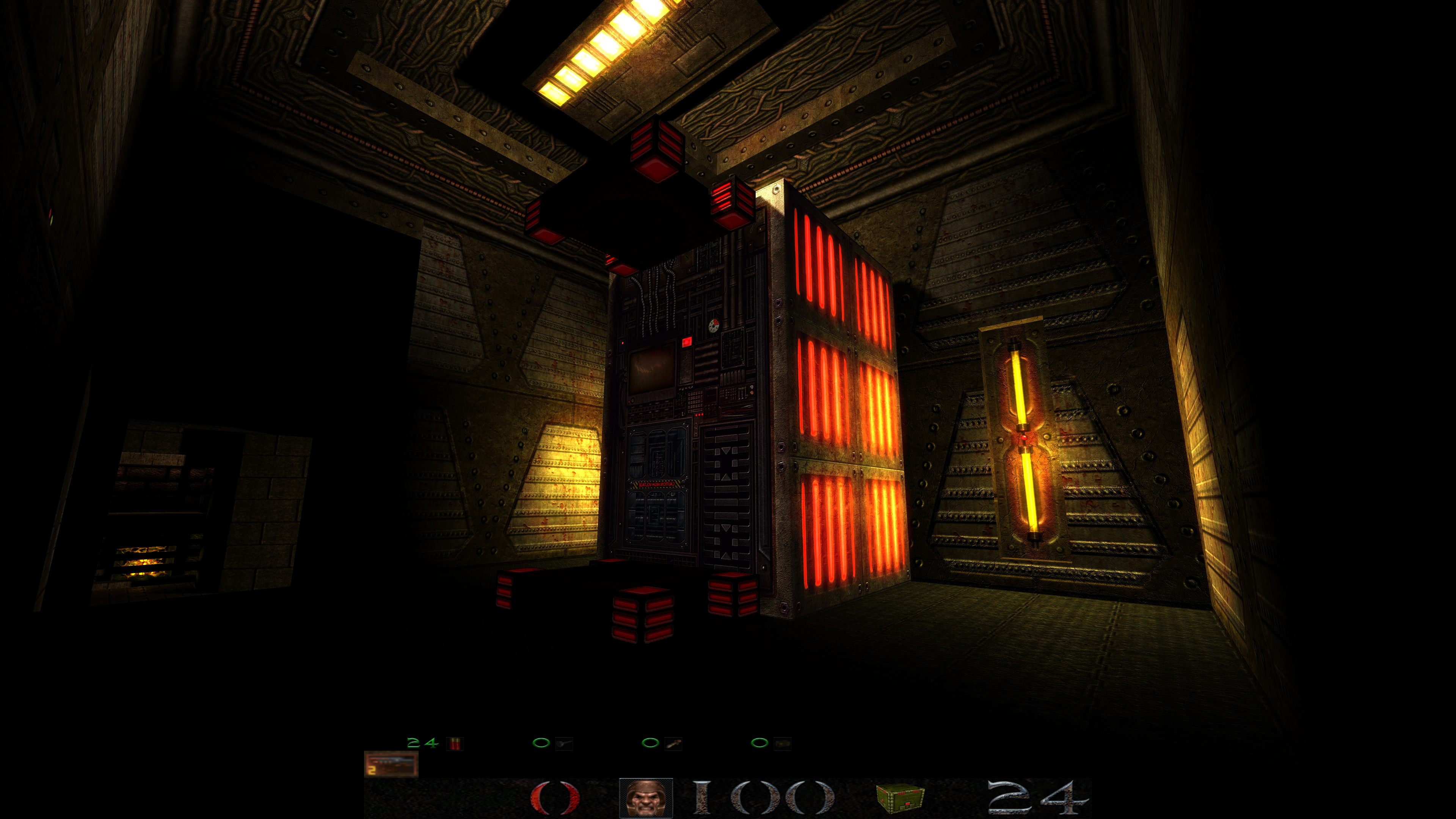



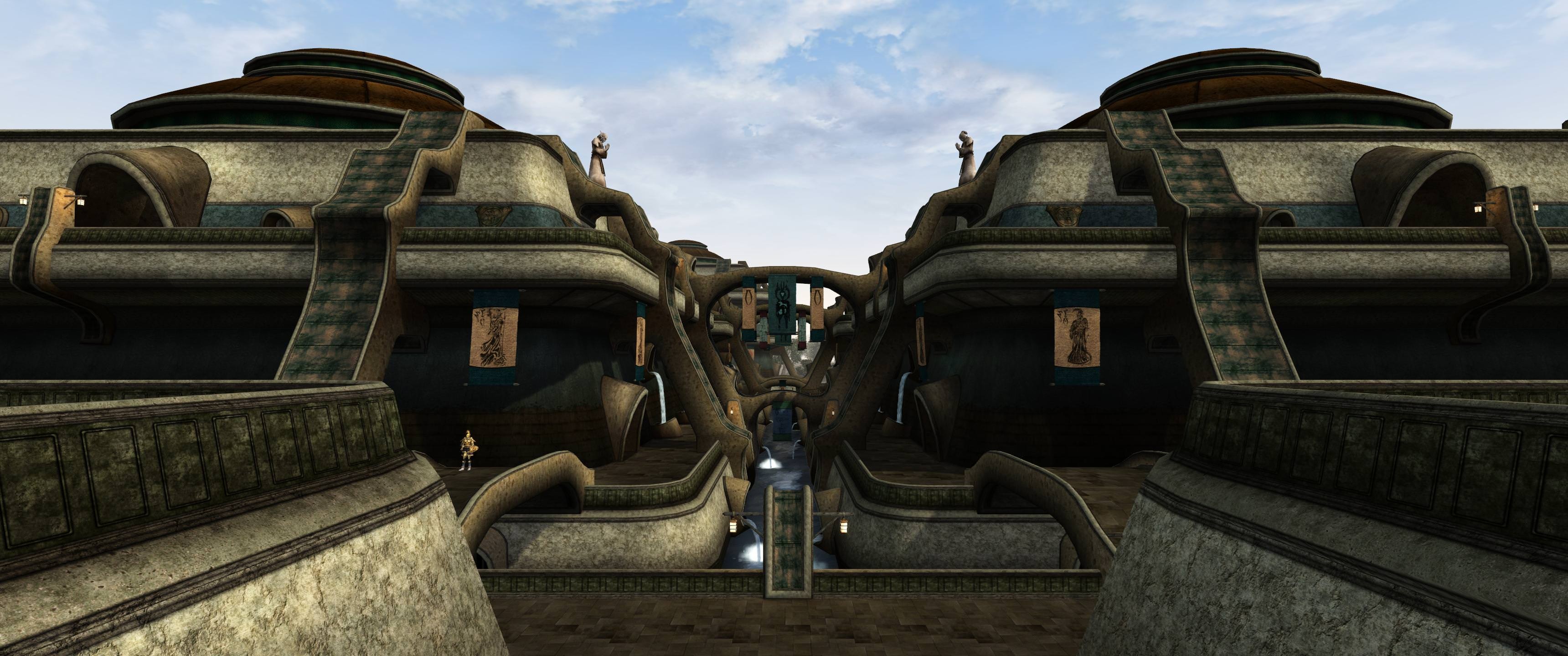



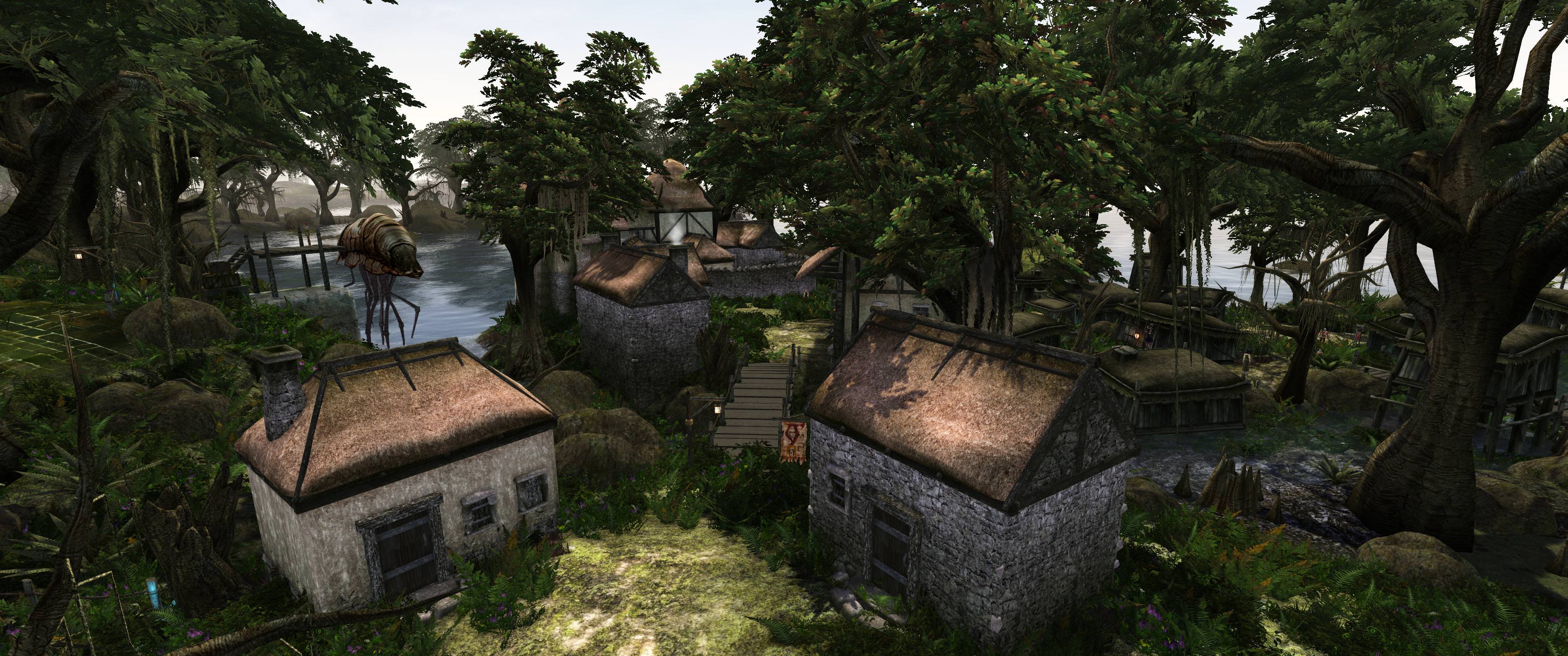



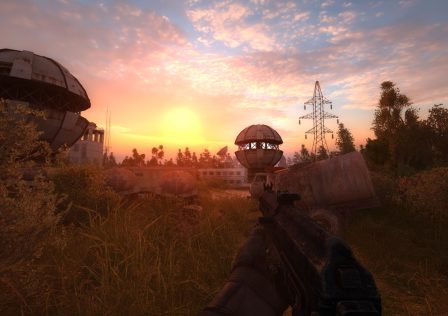

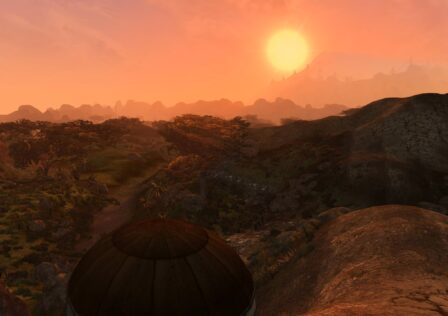
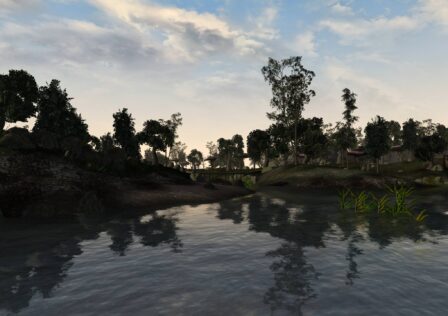
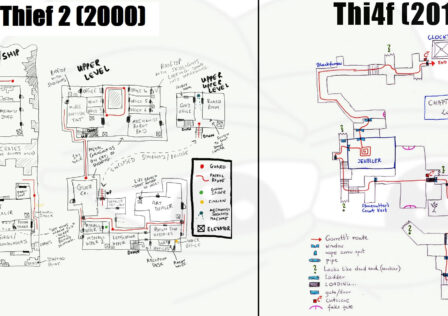


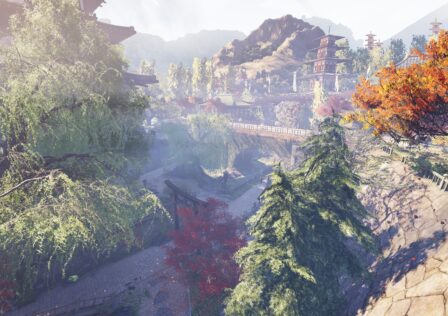

Wow that Morrowind mod… Been probably 15 years since I’ve played it. Might have to dive in again.